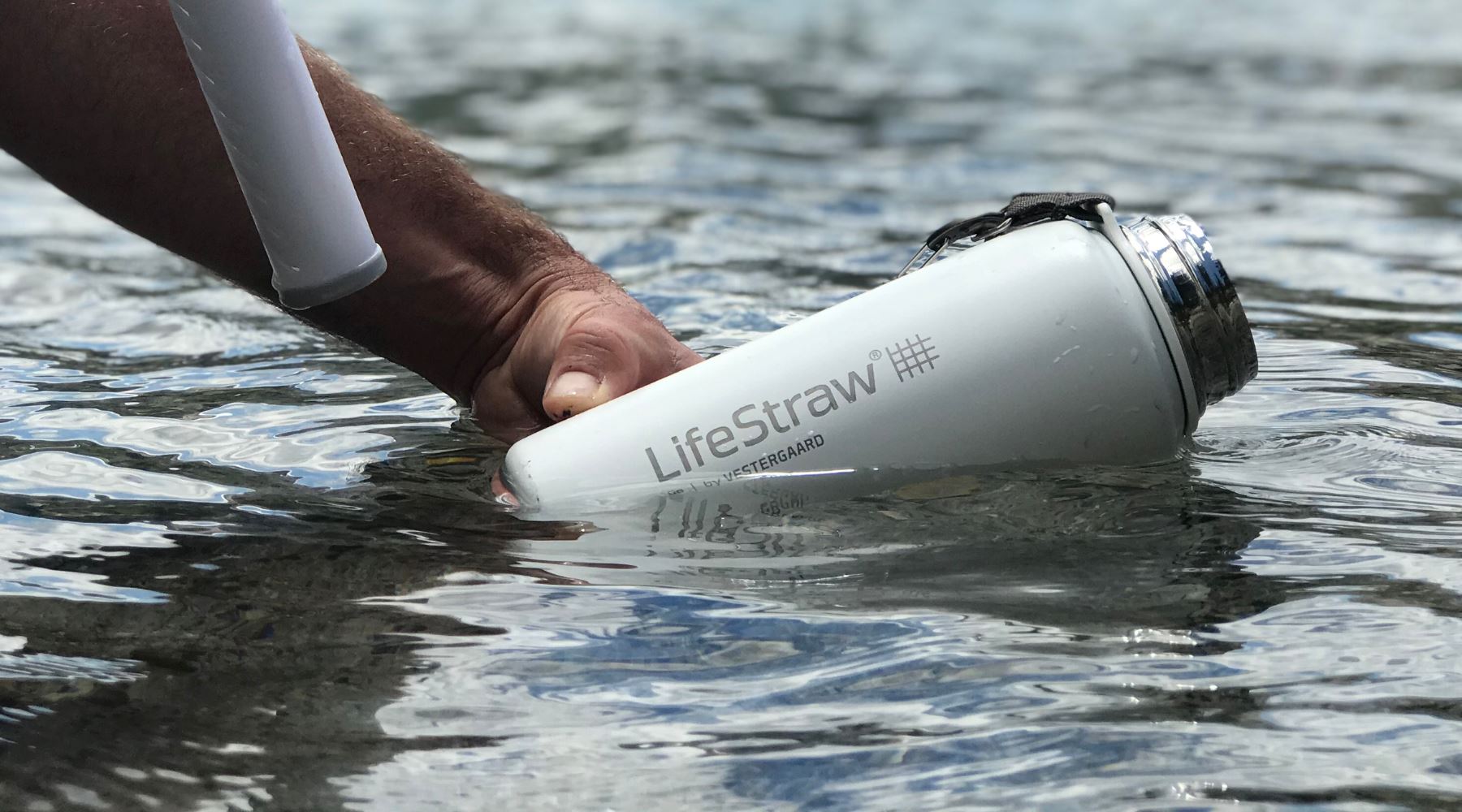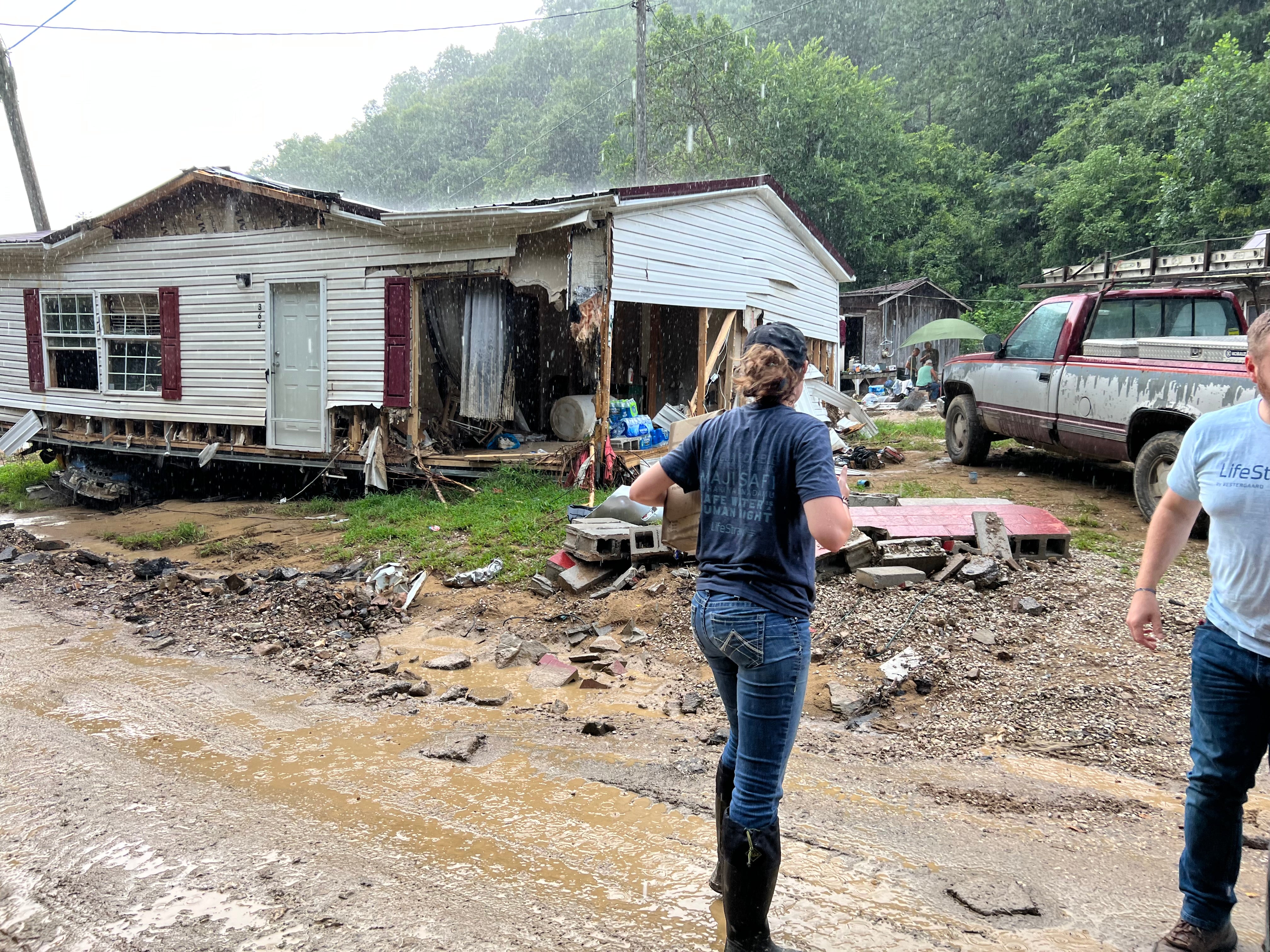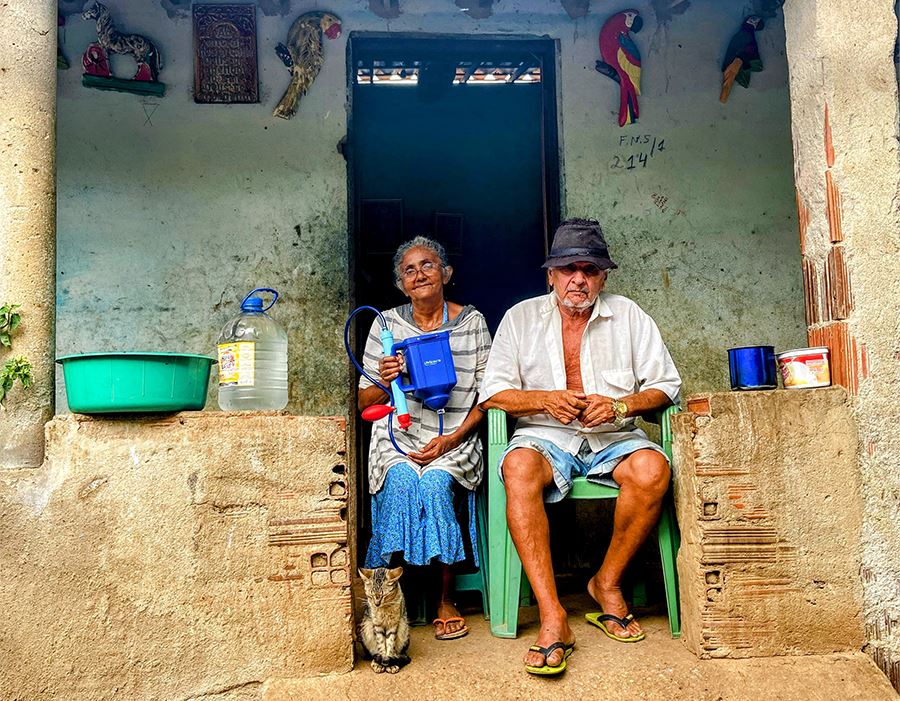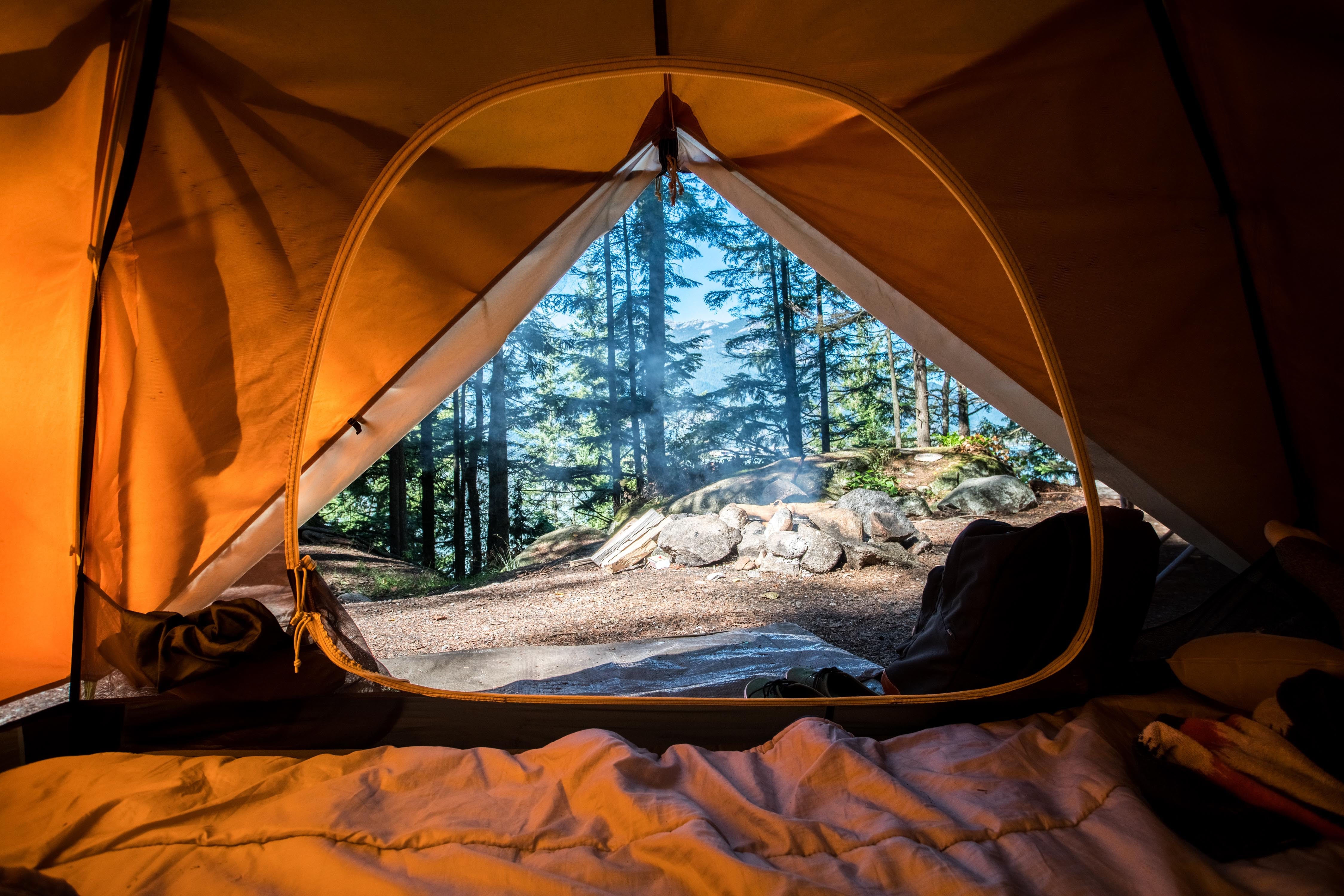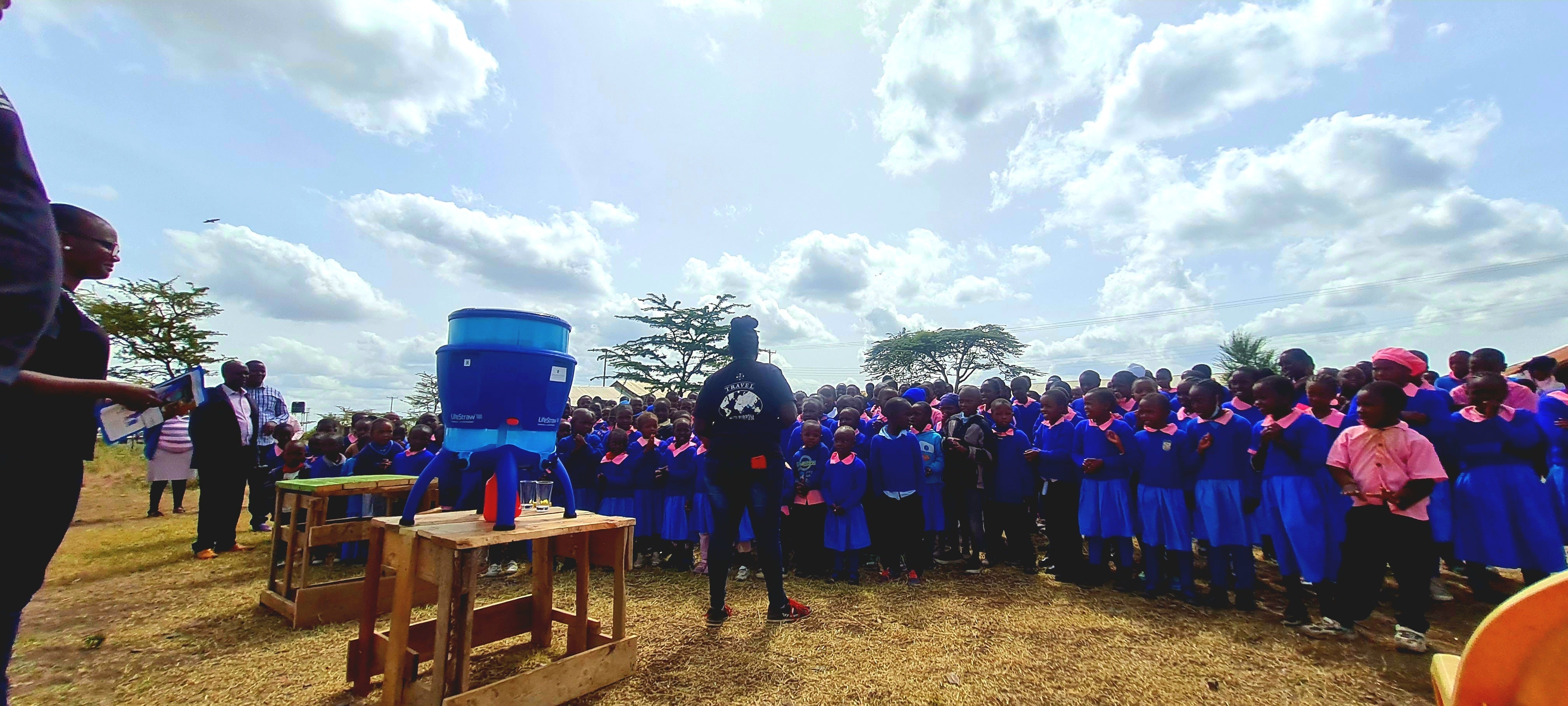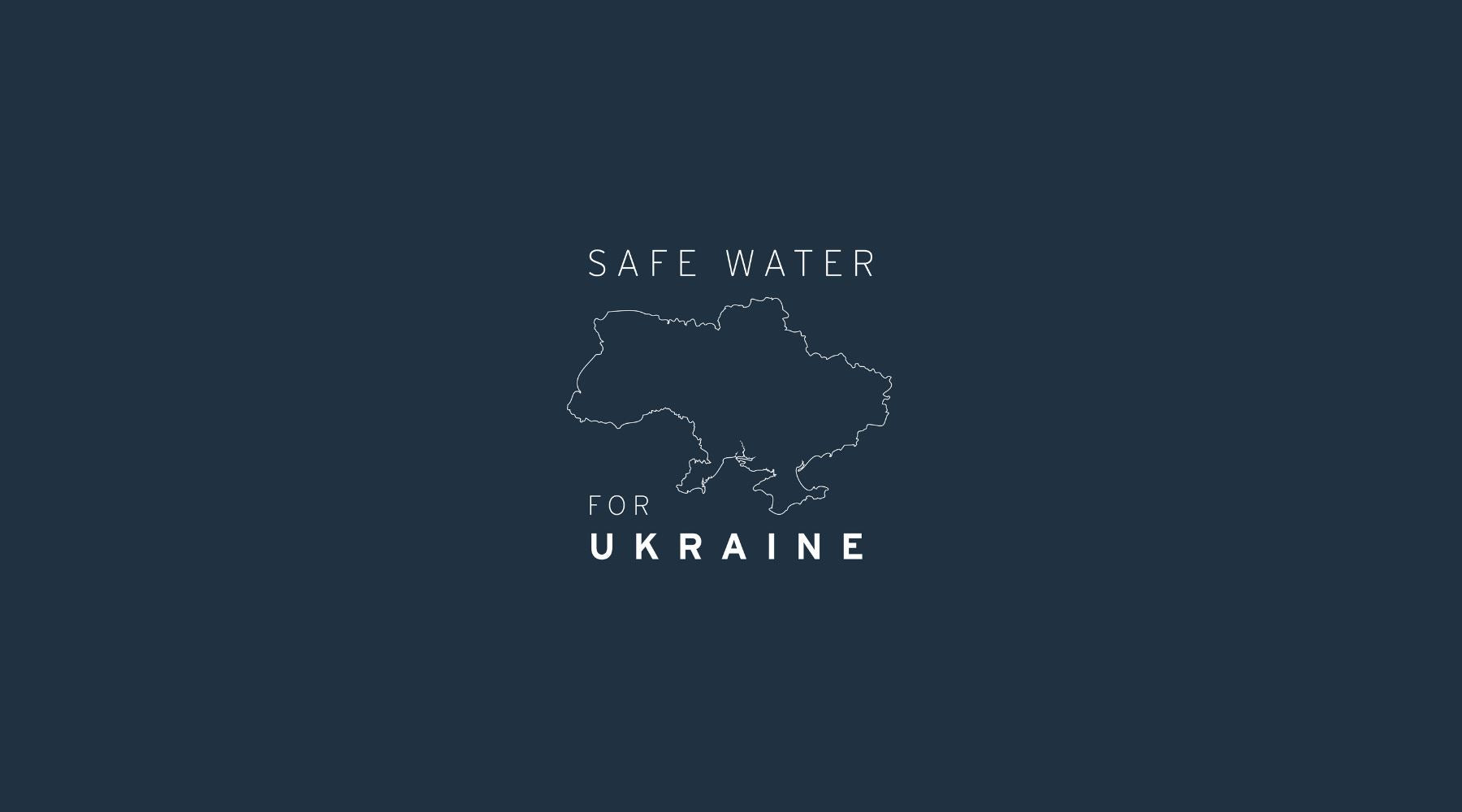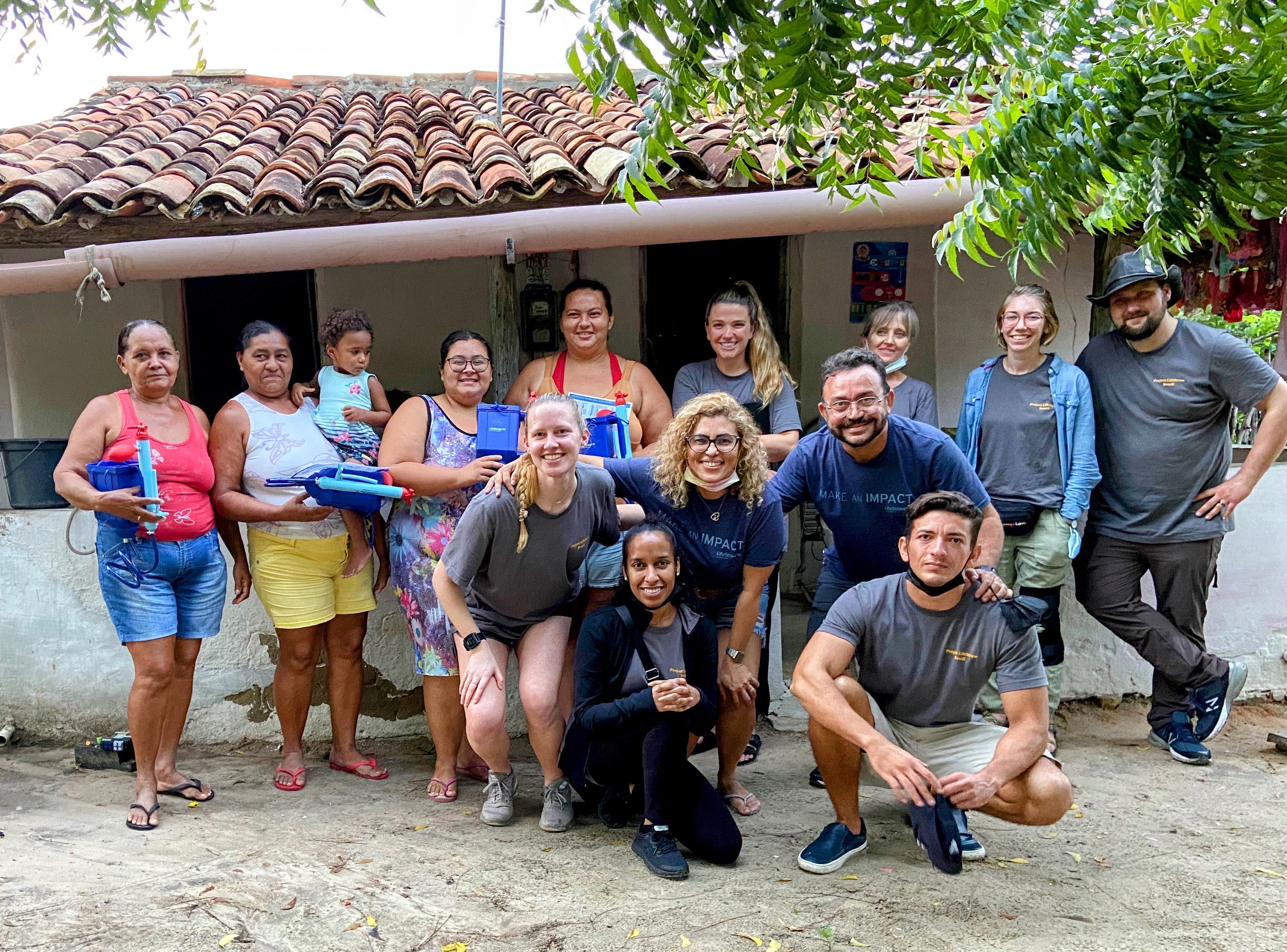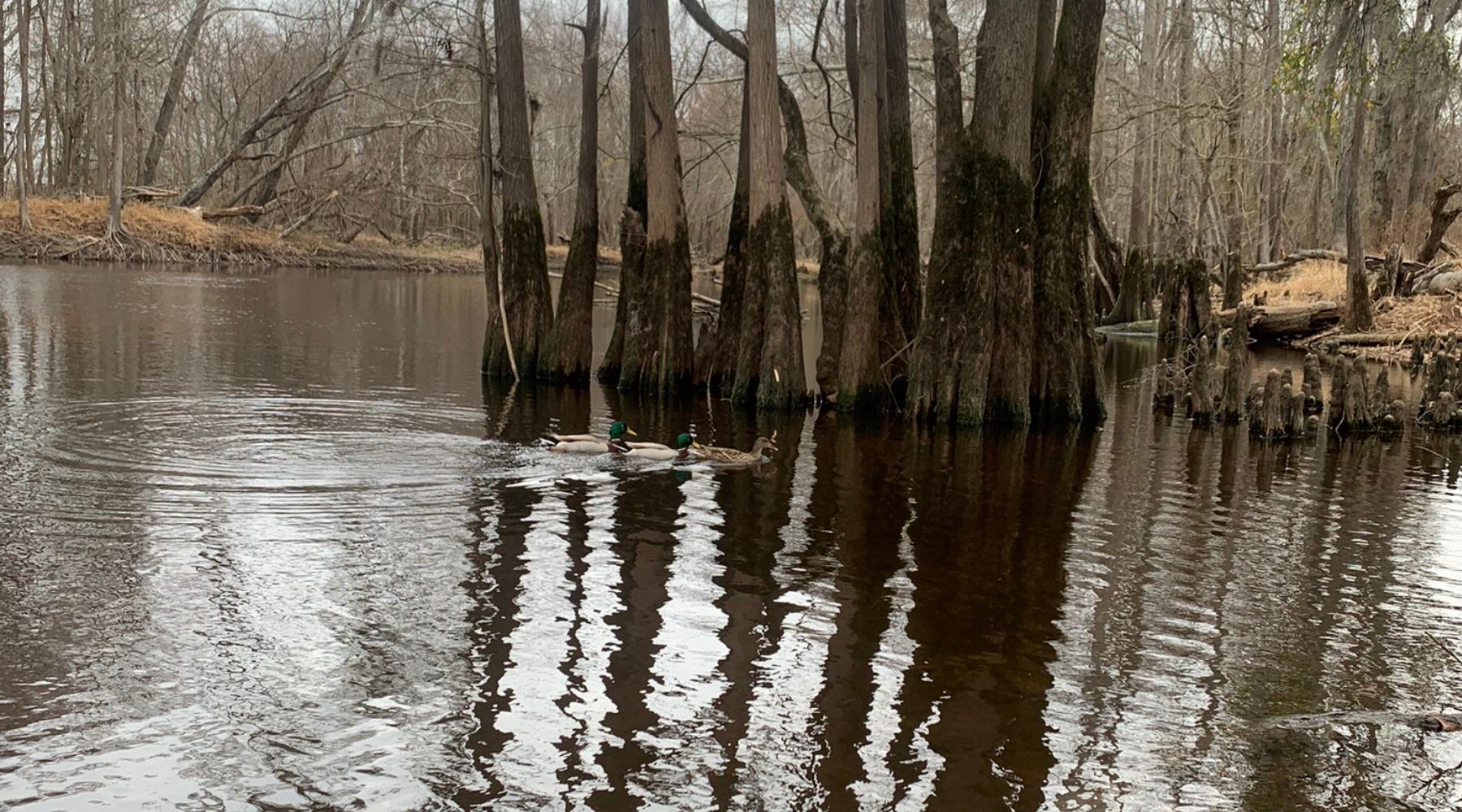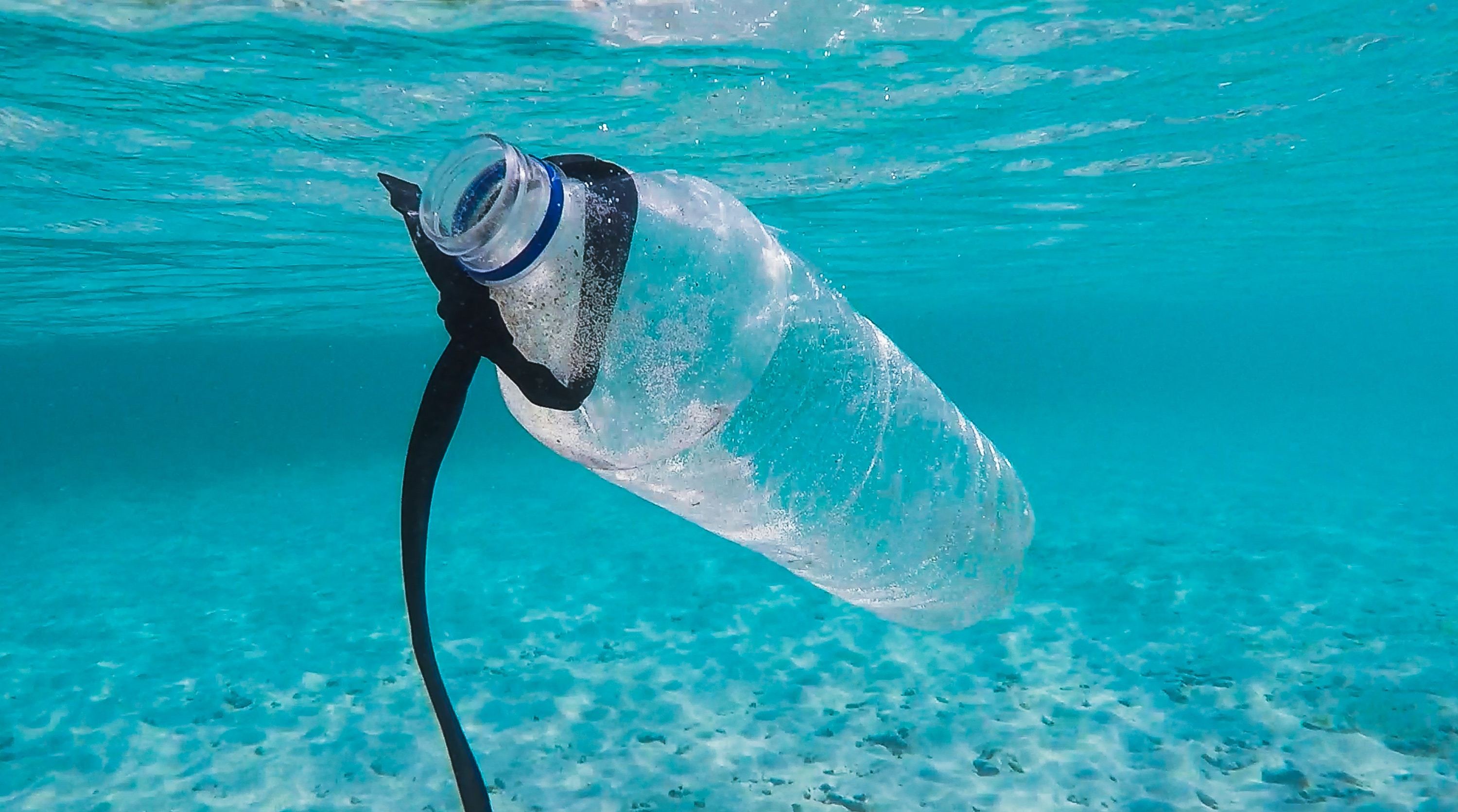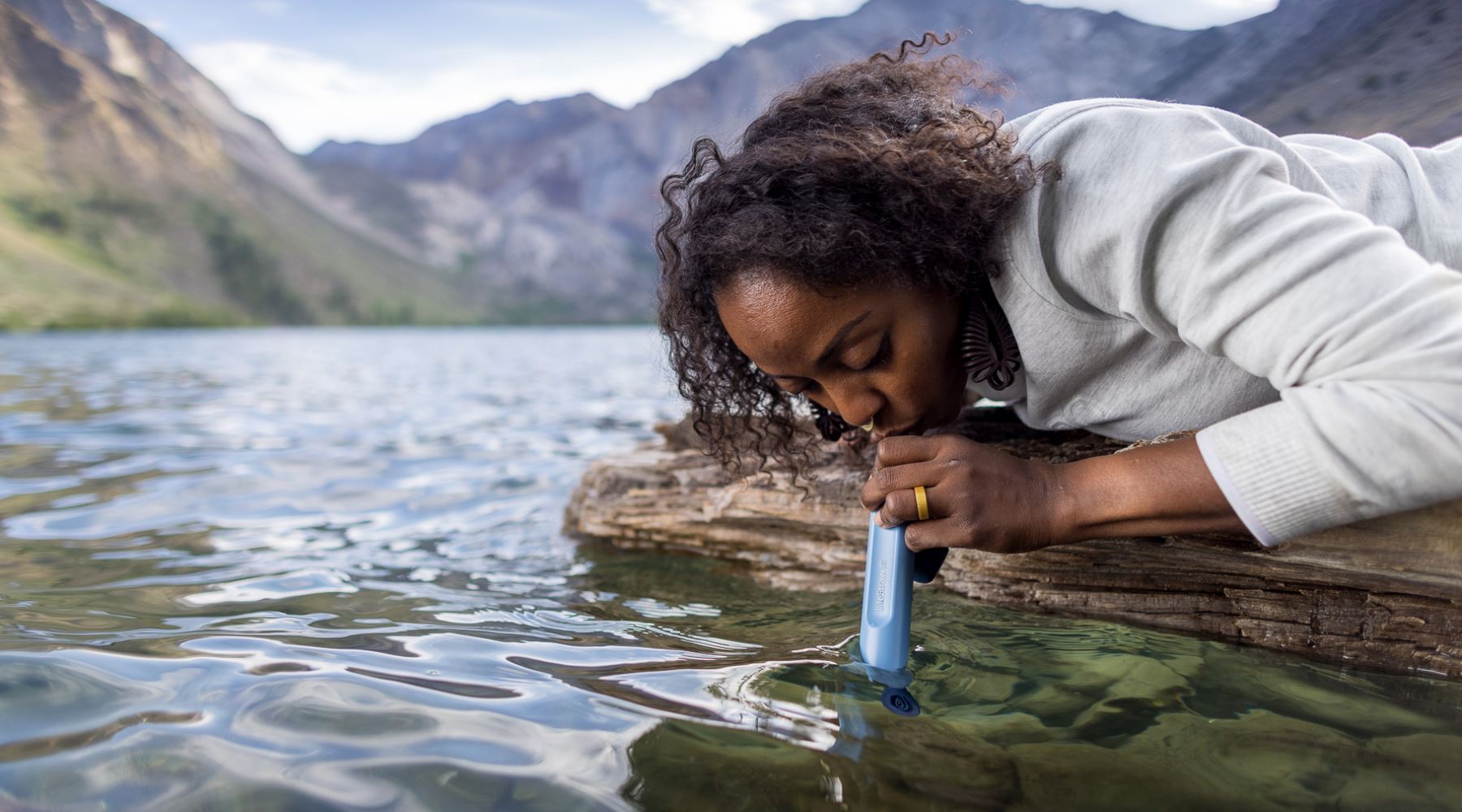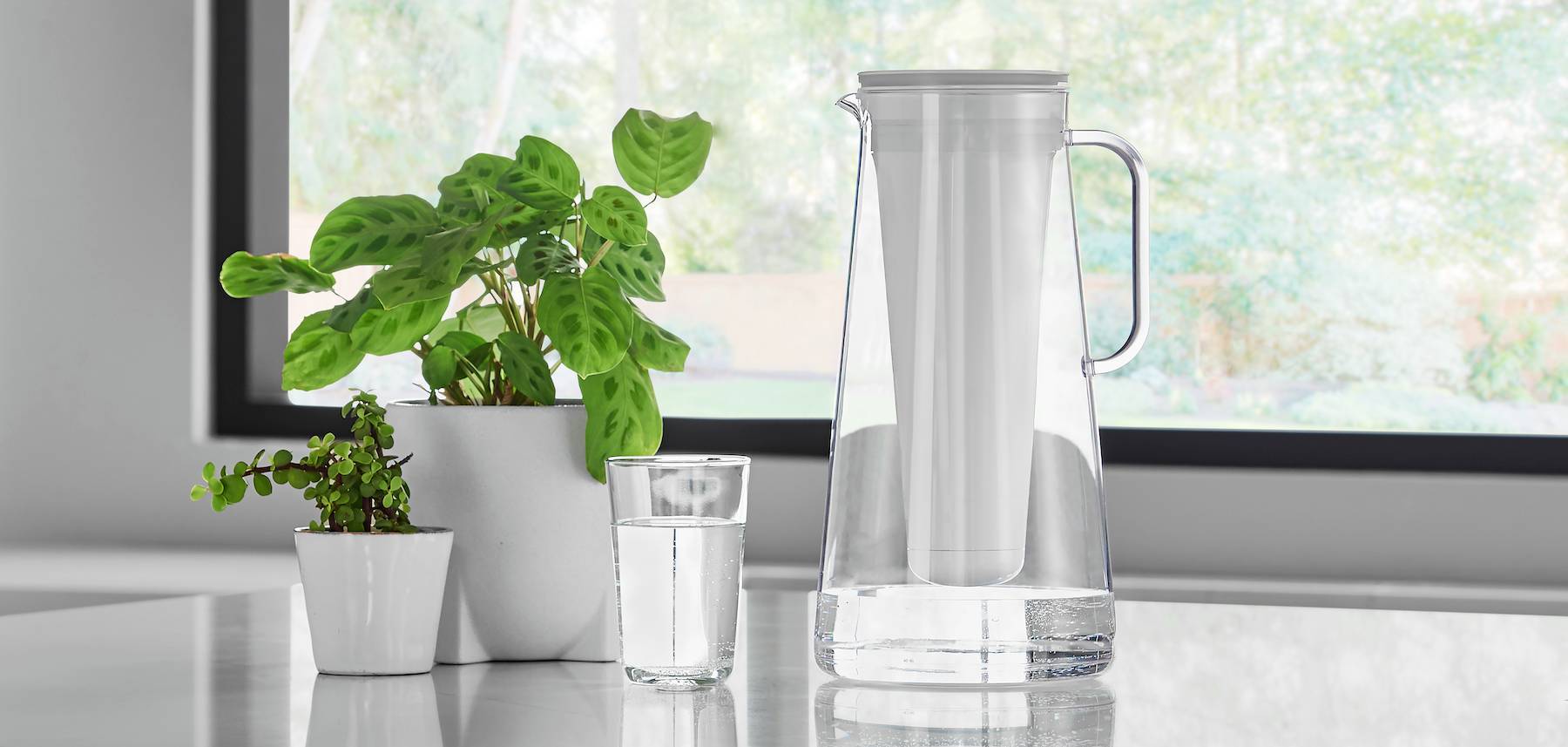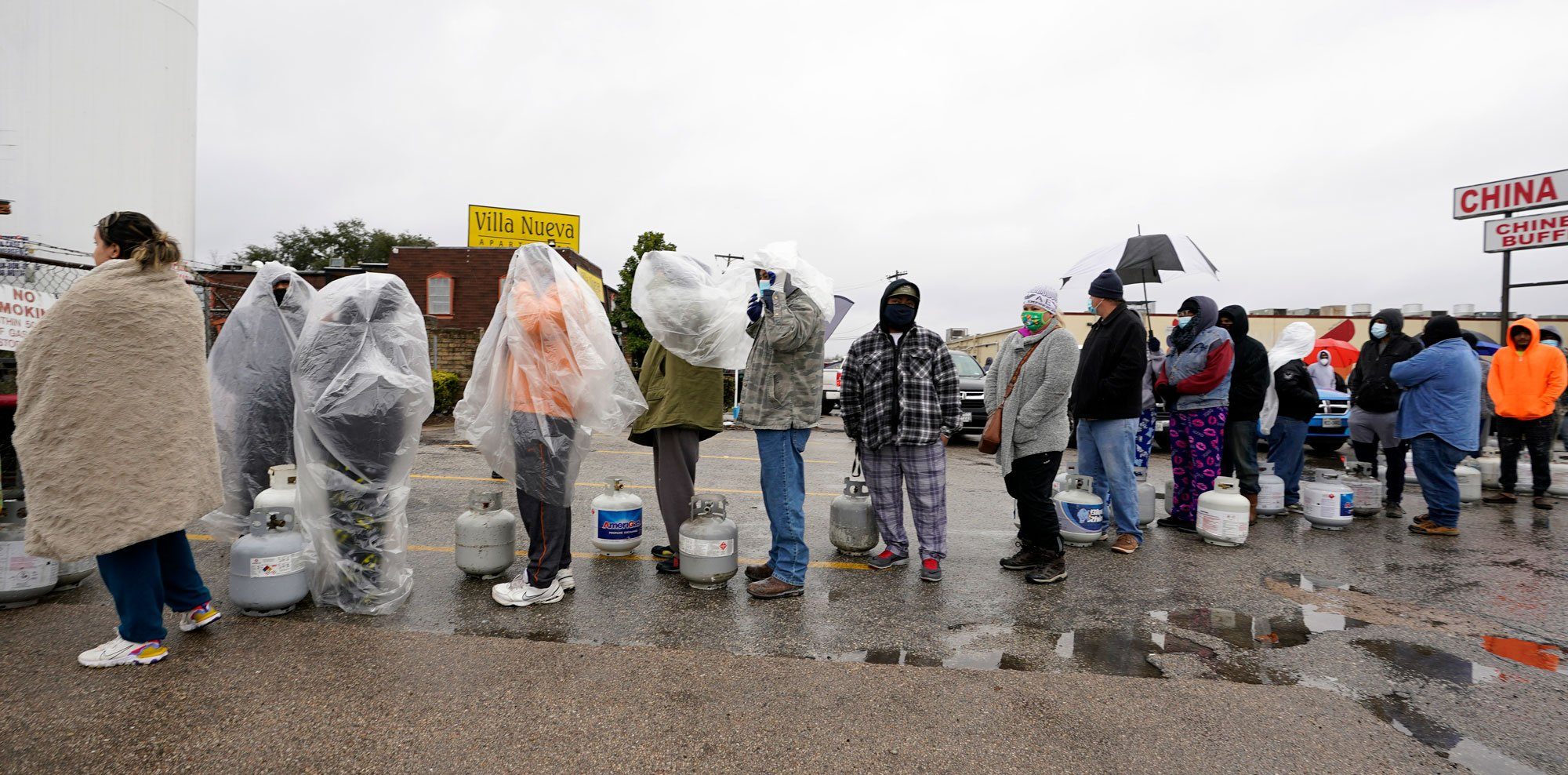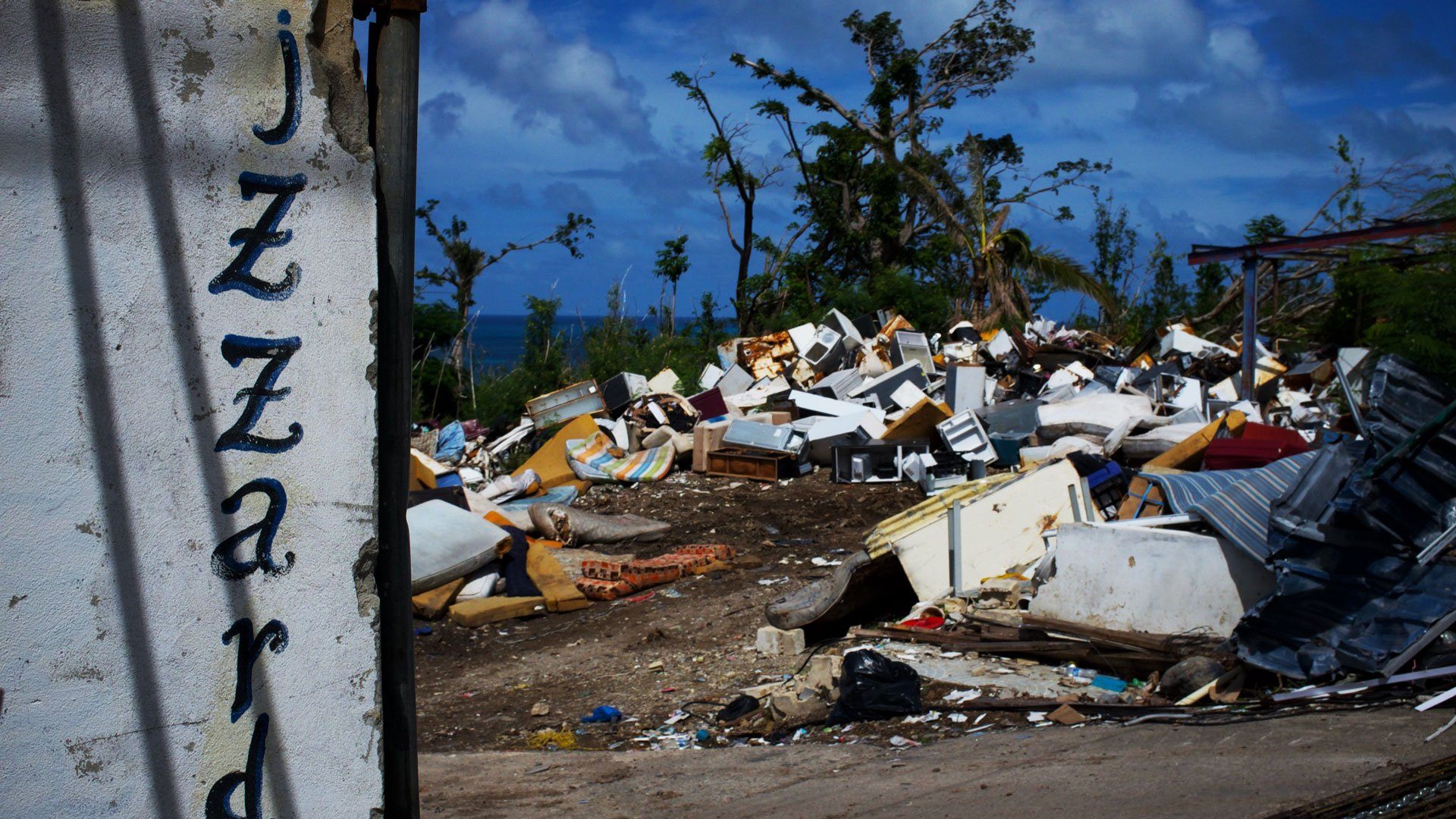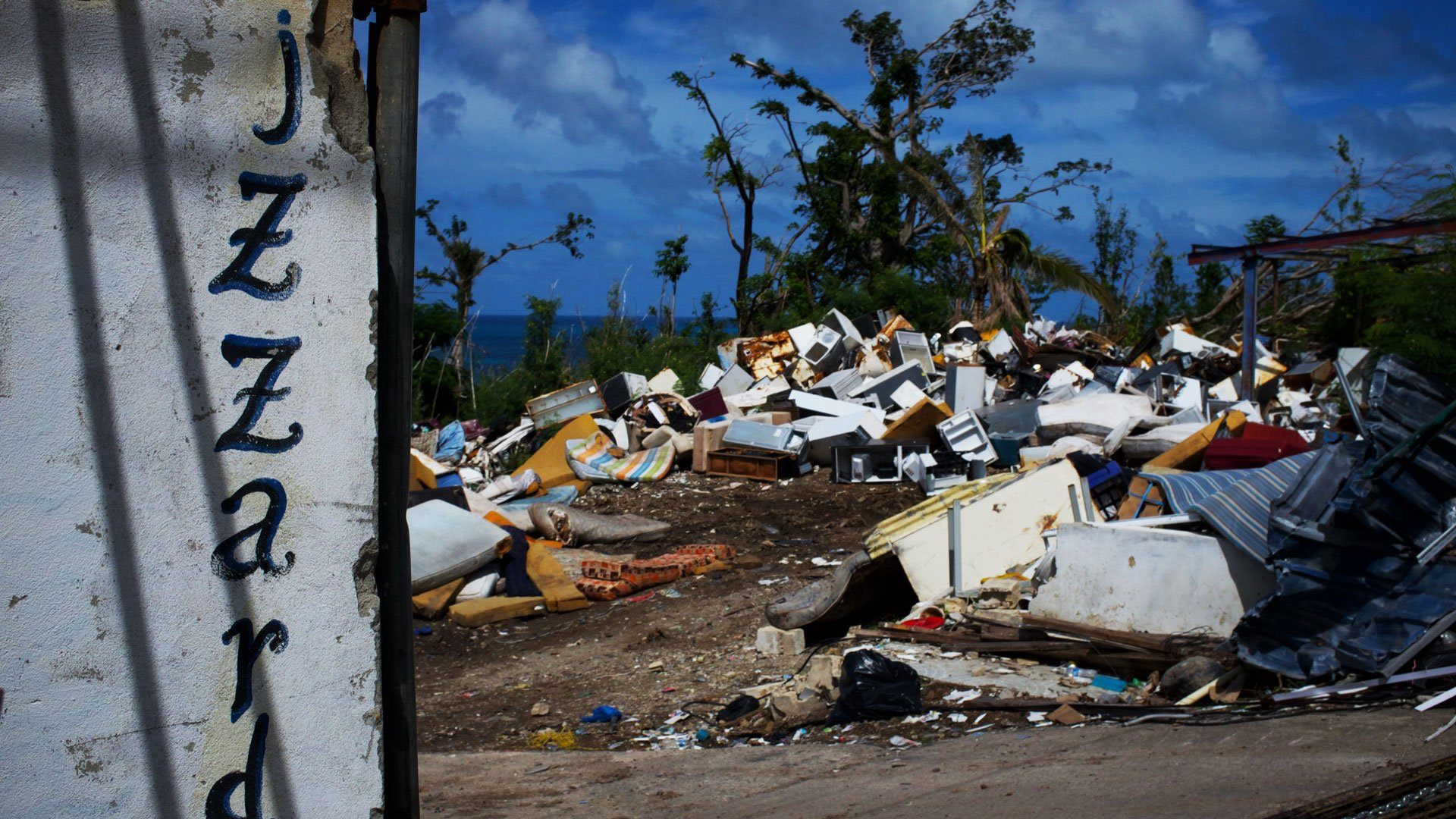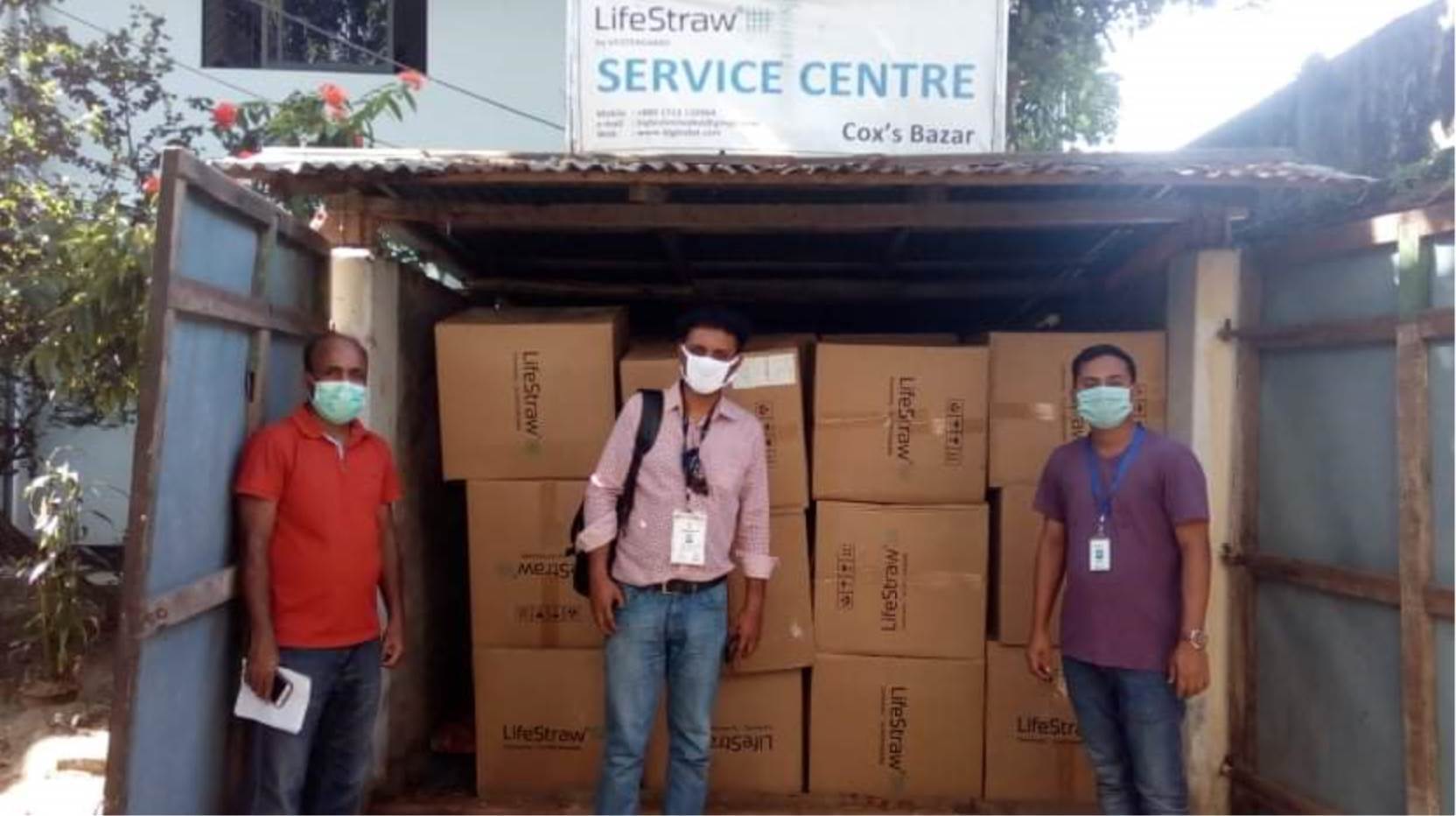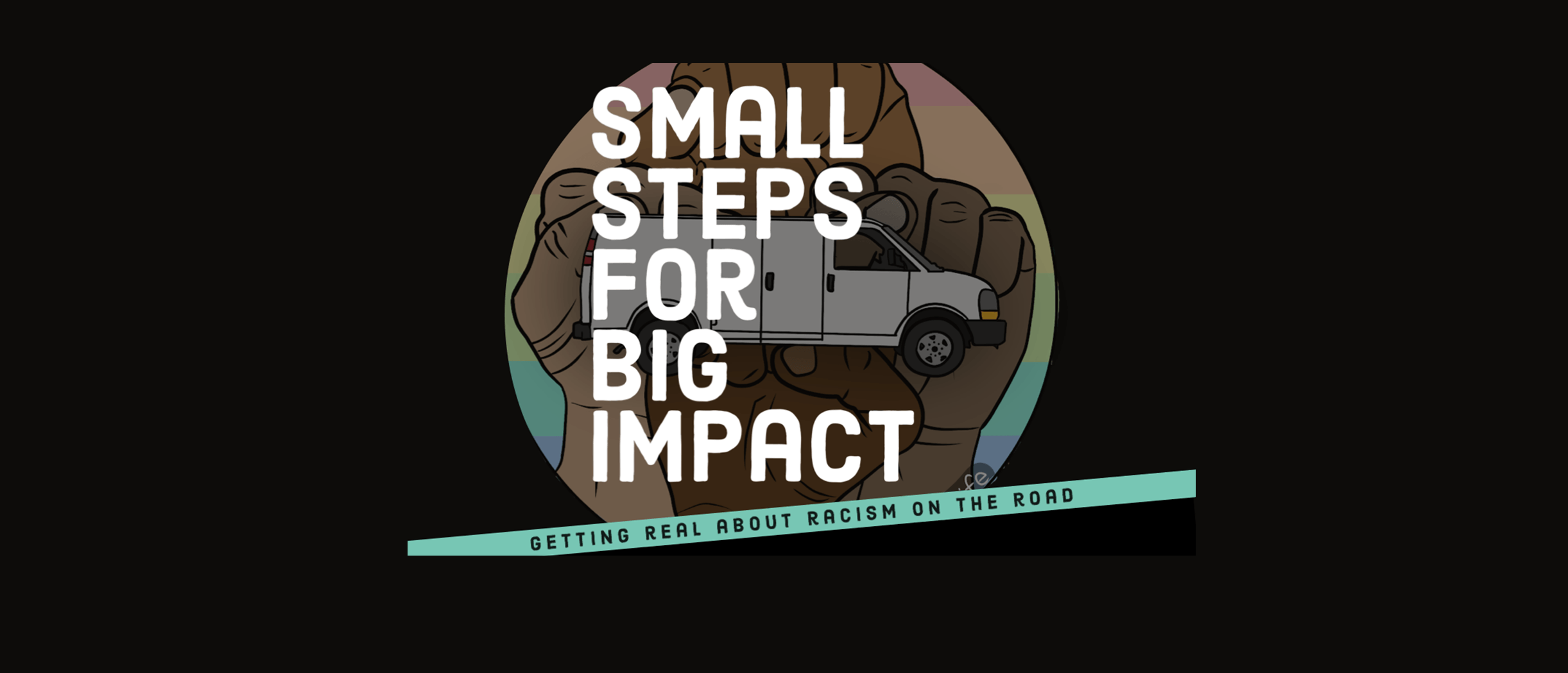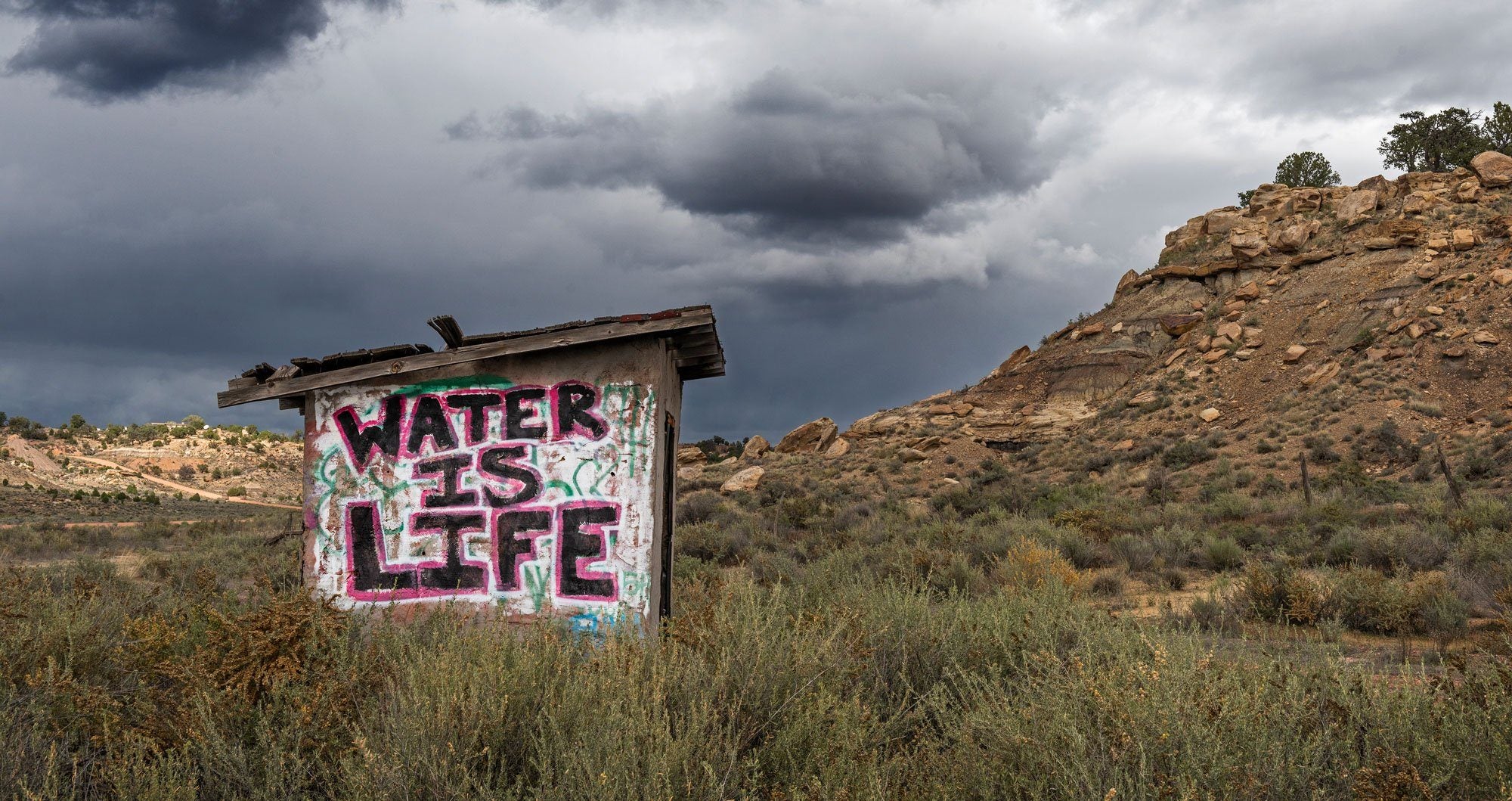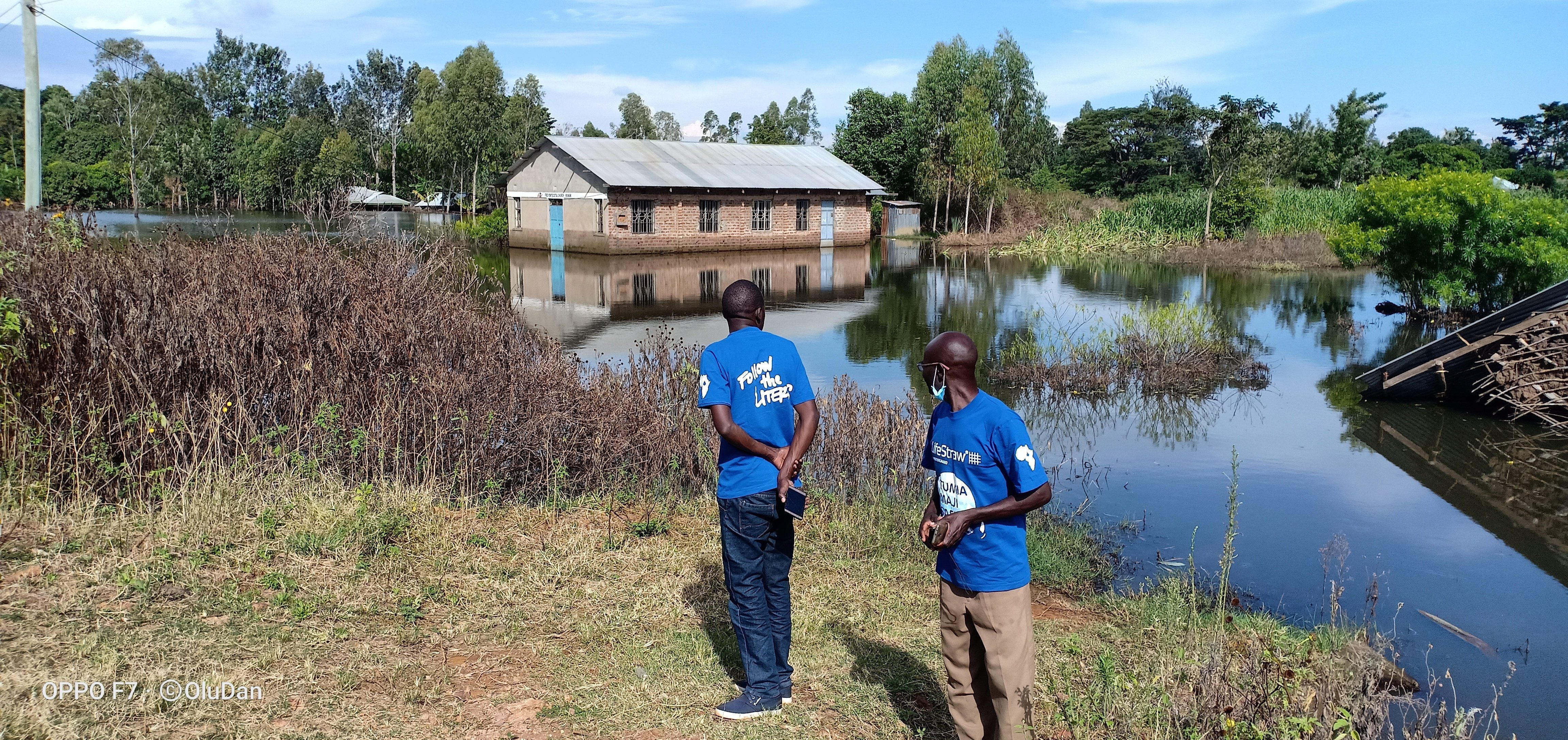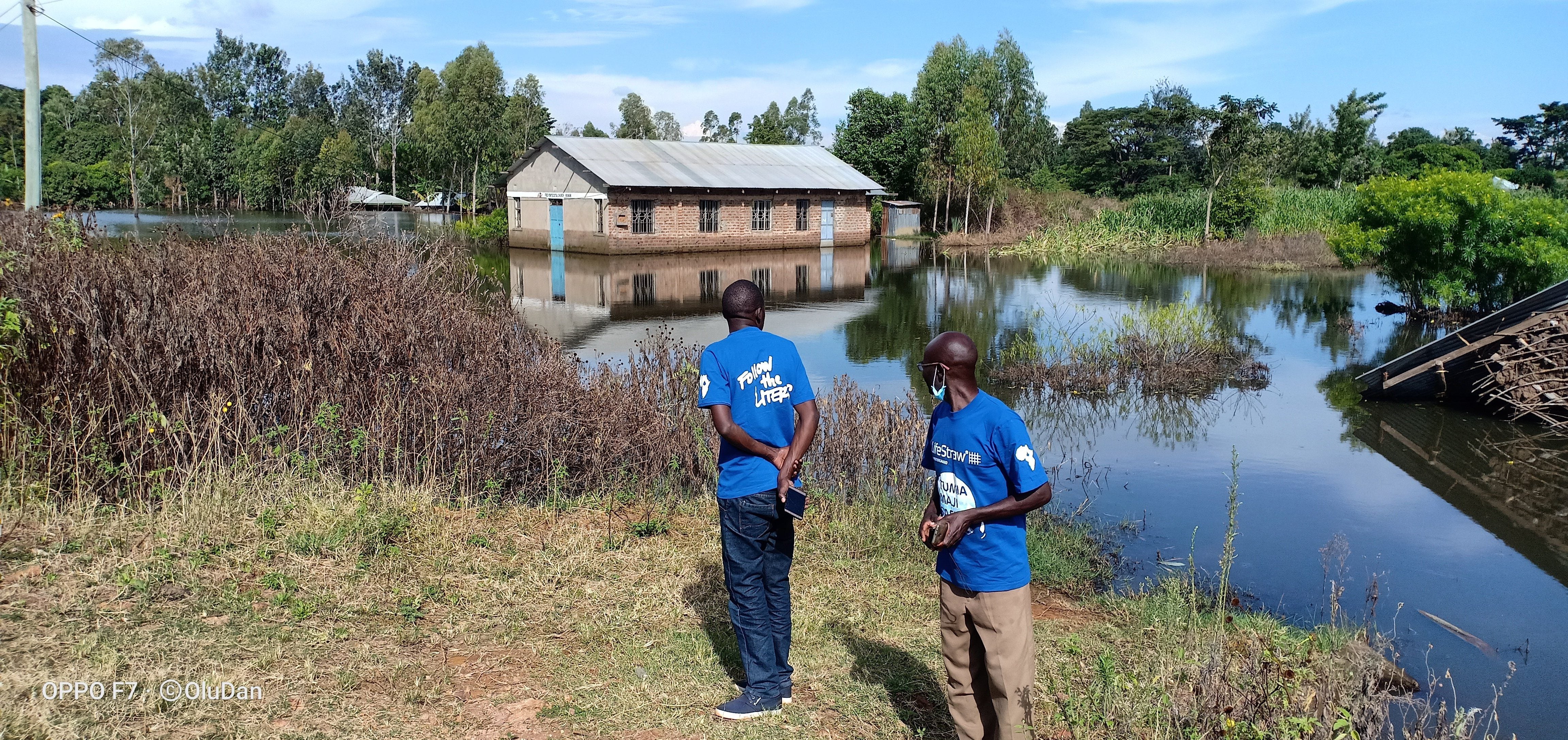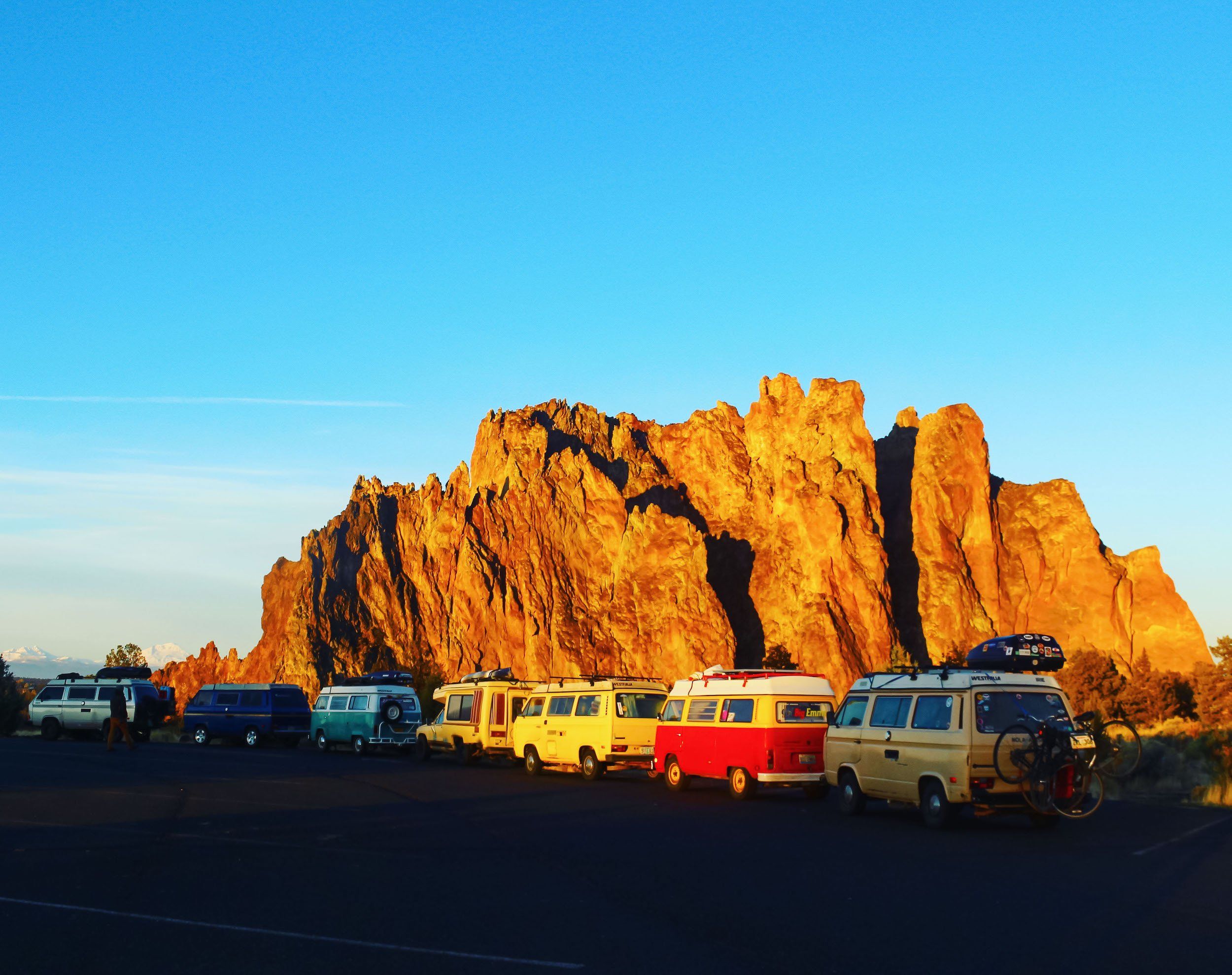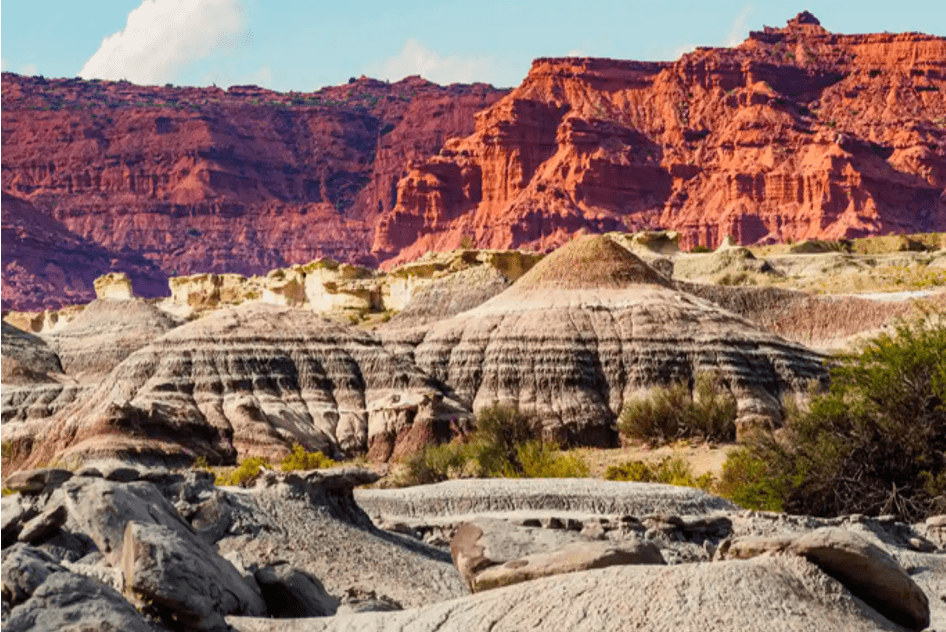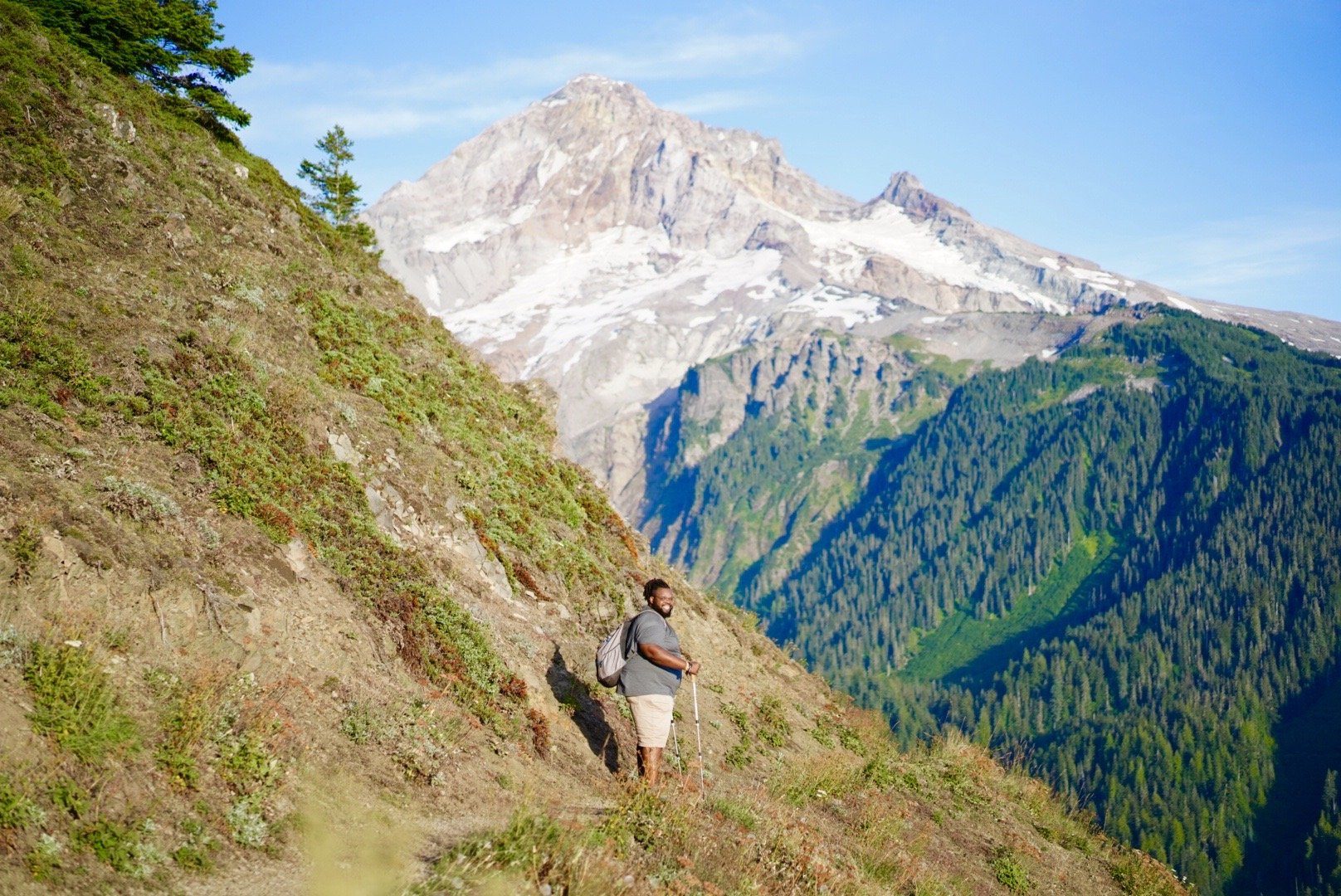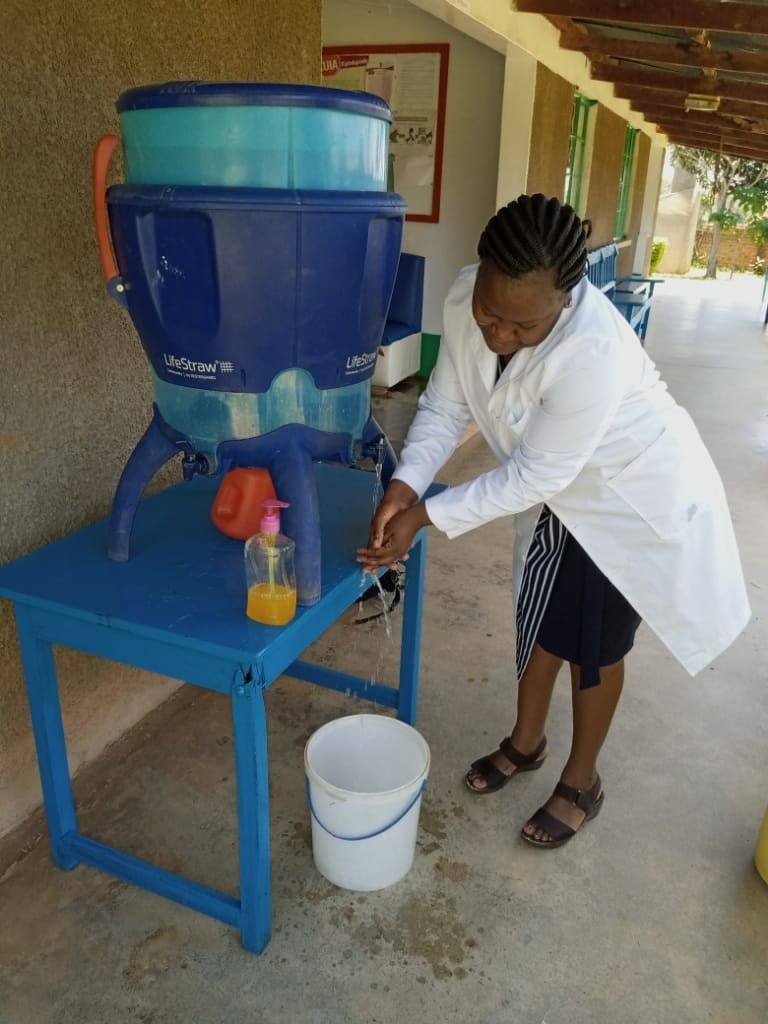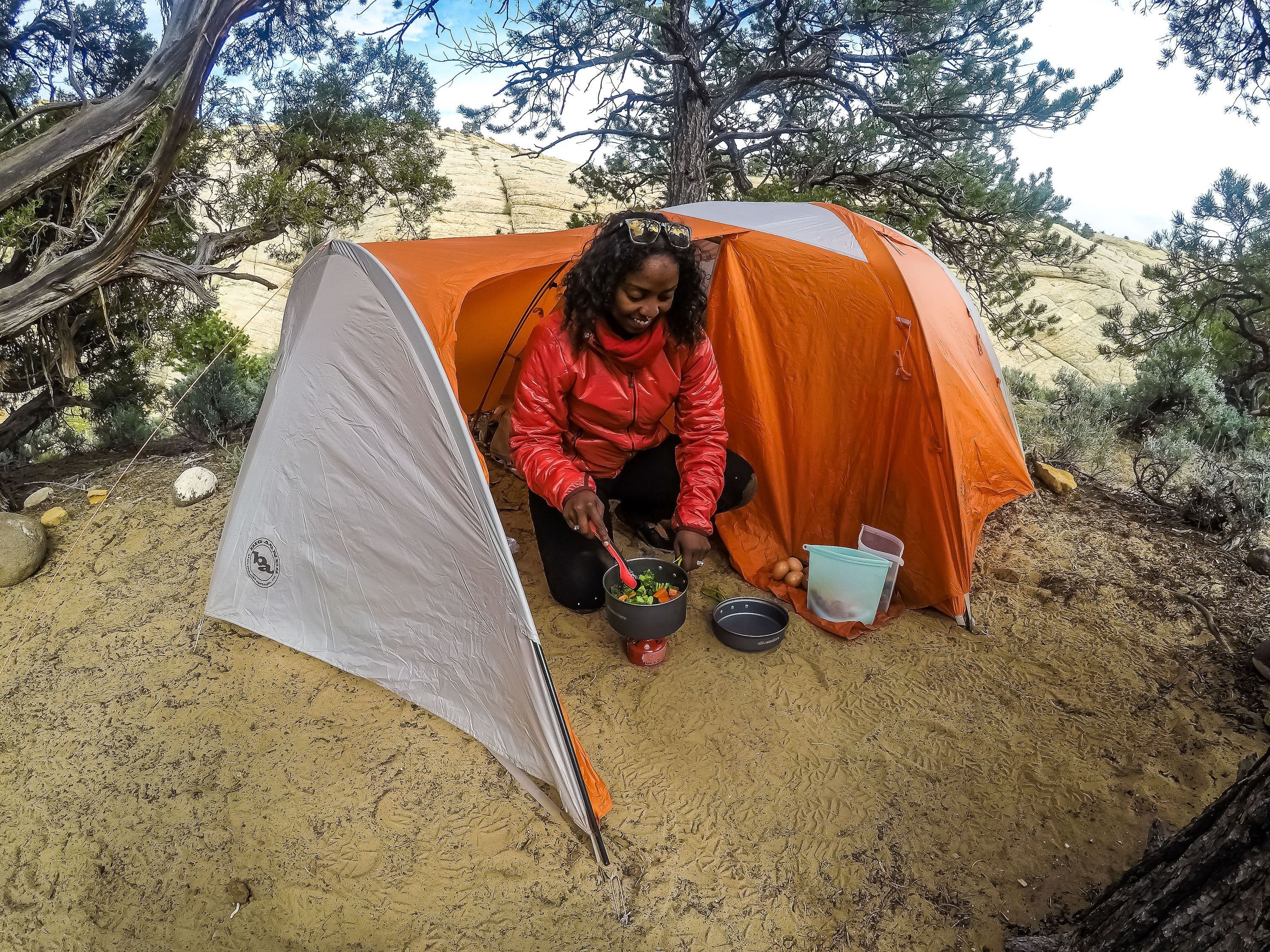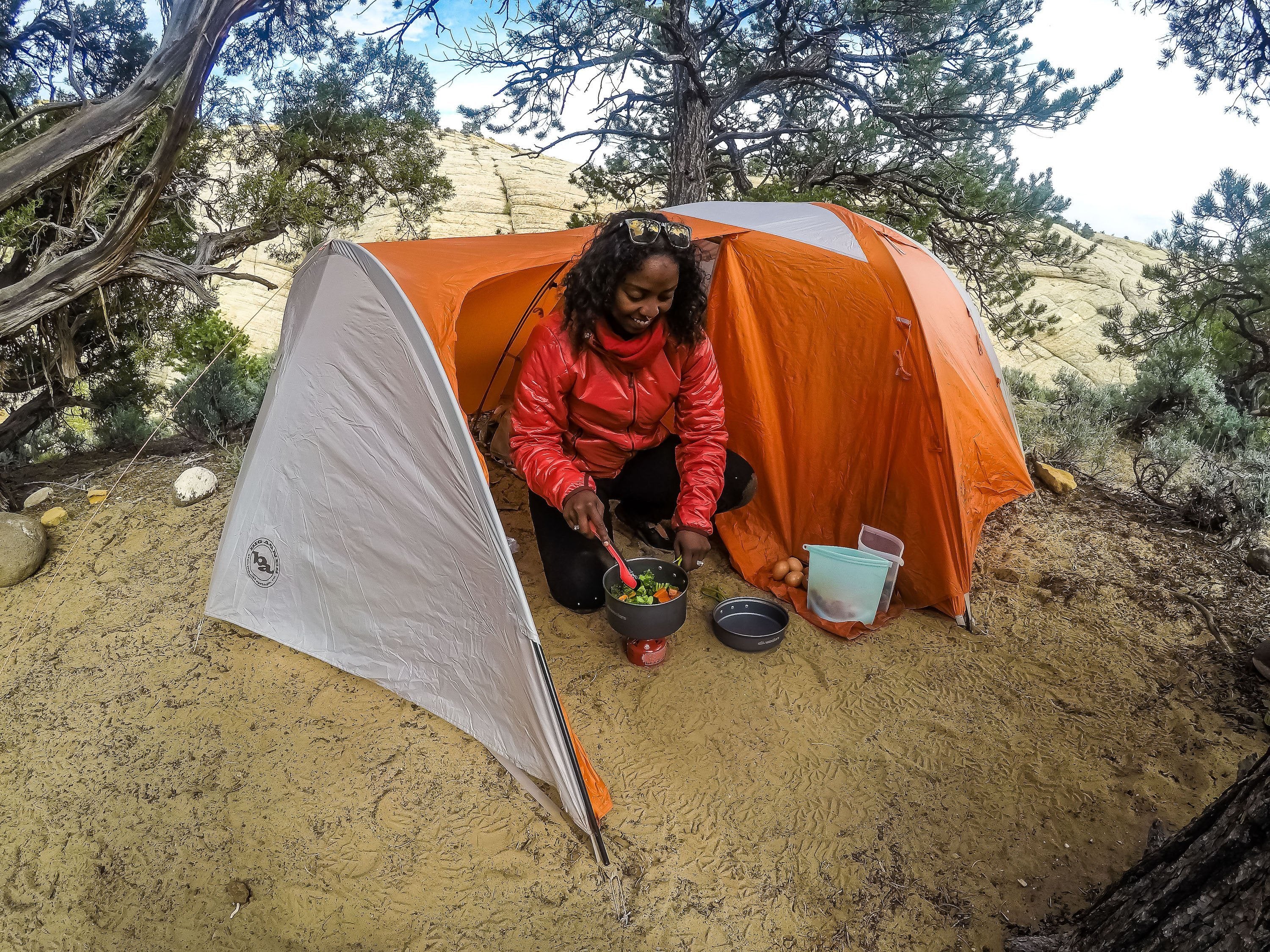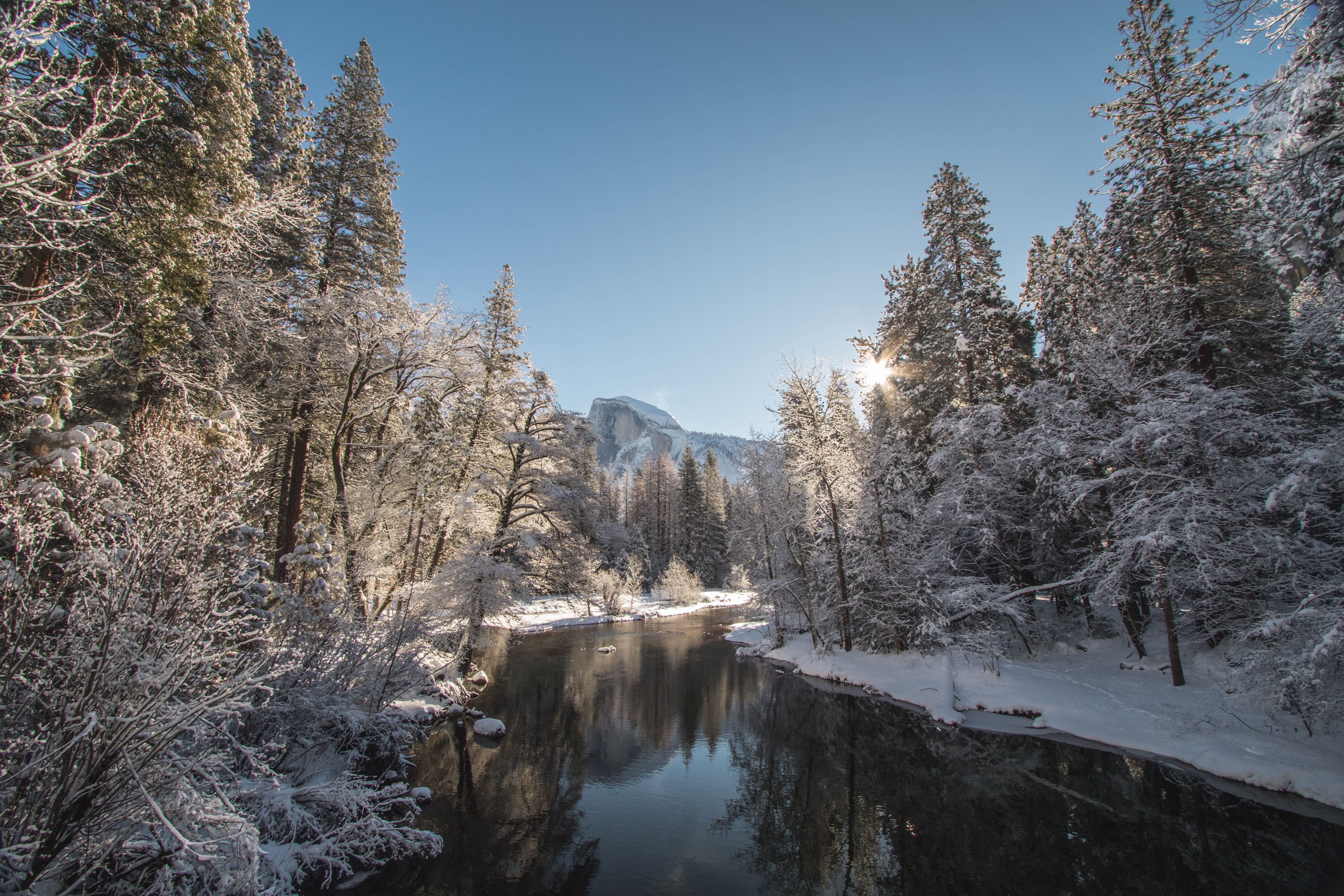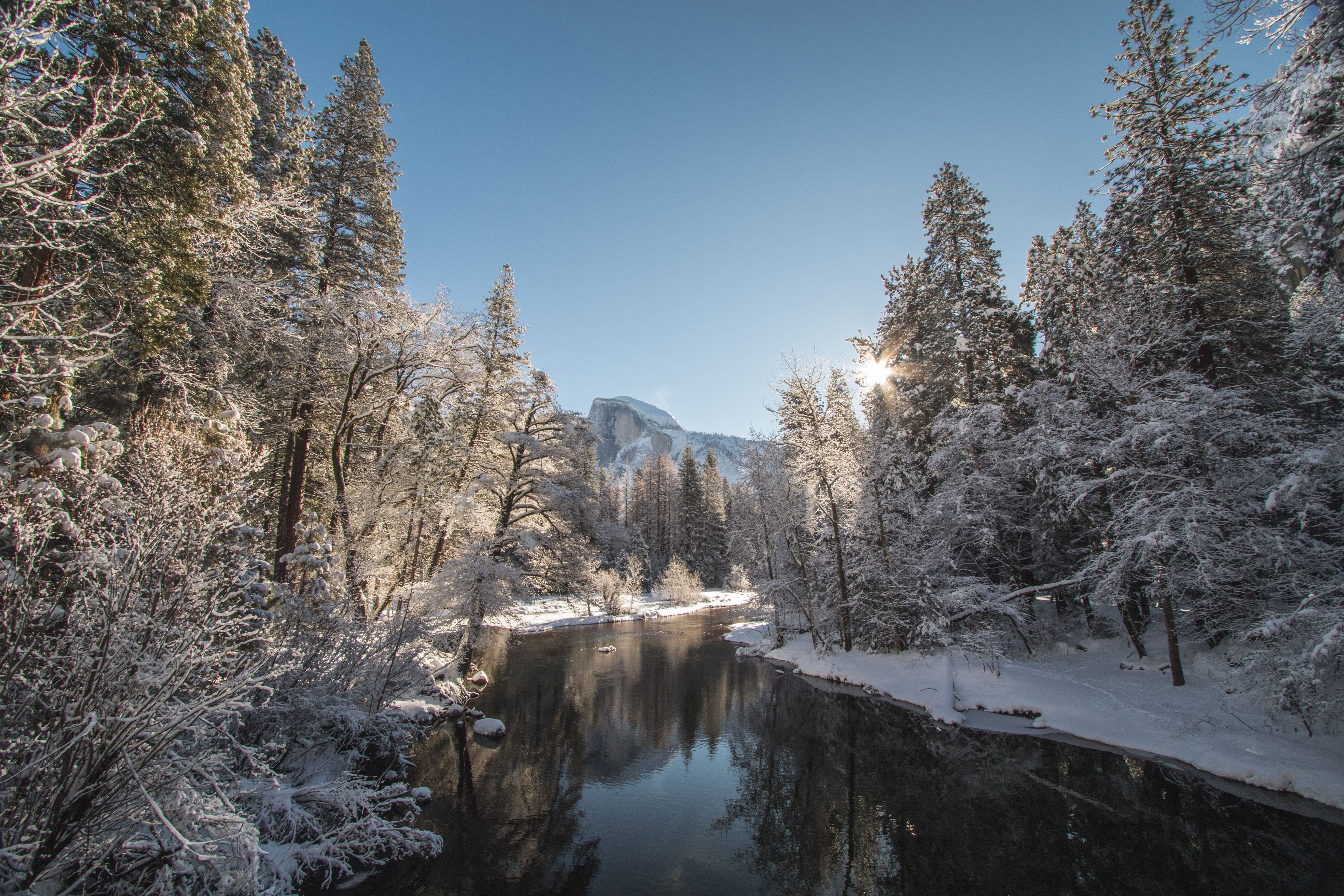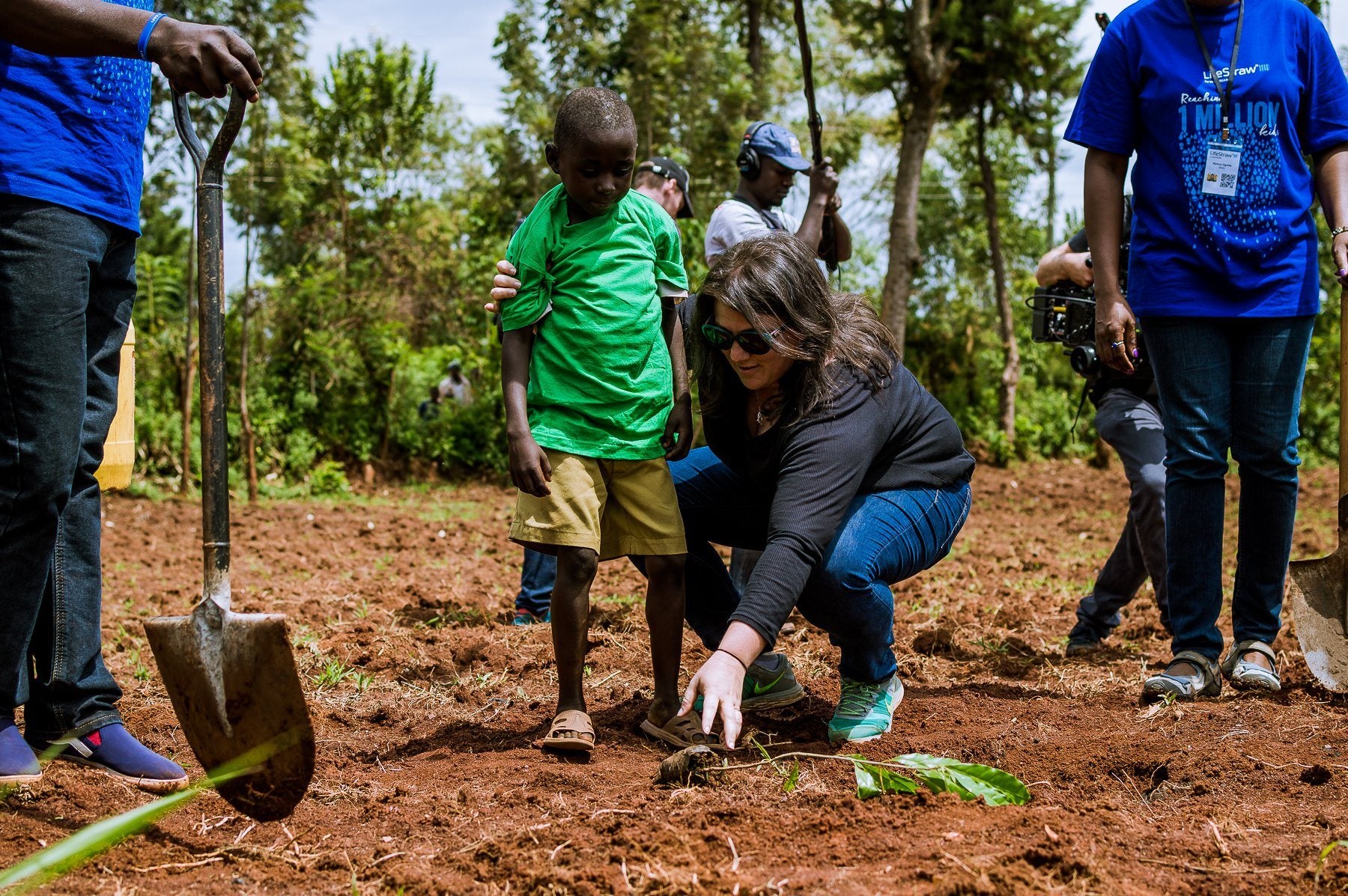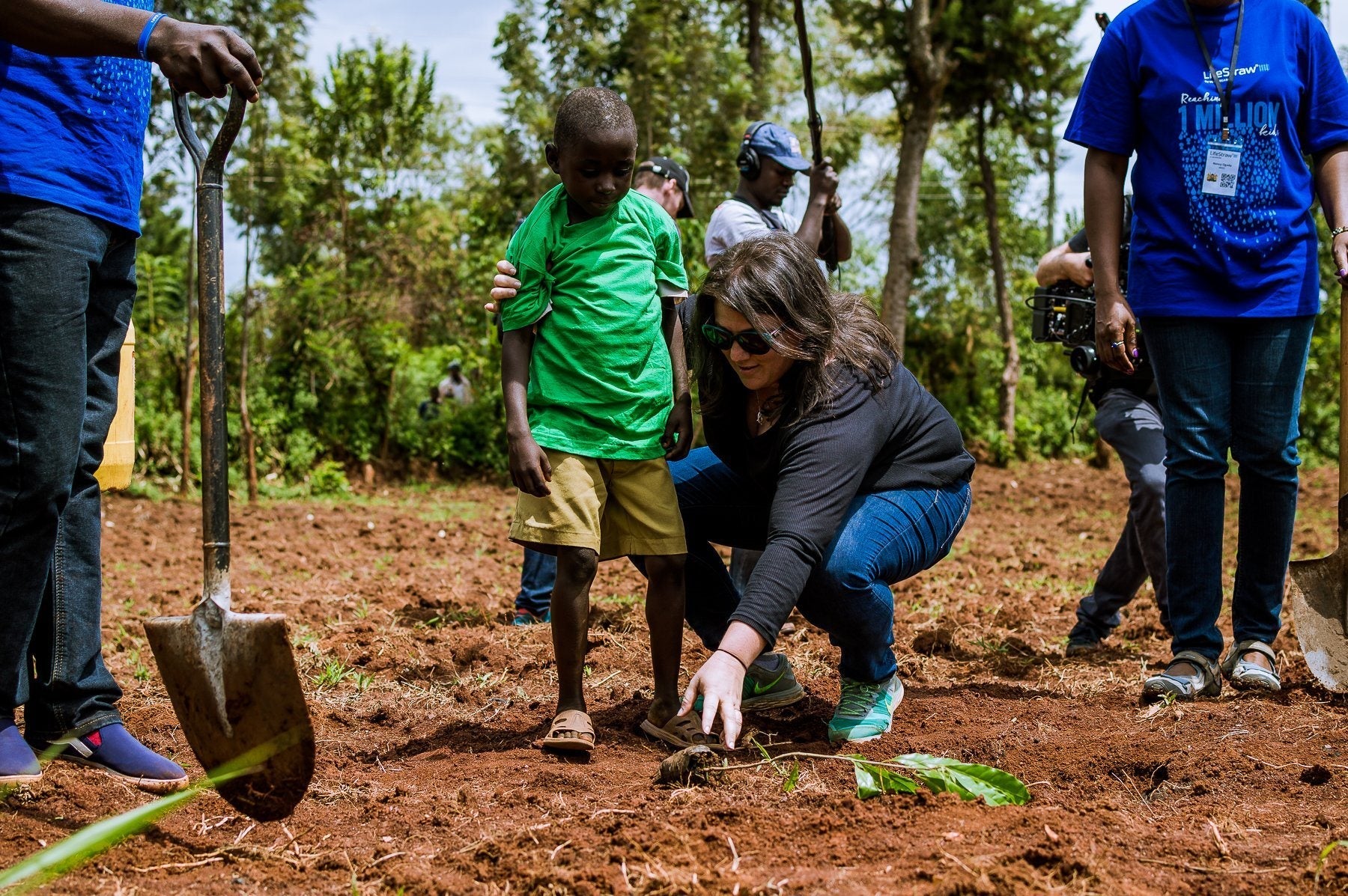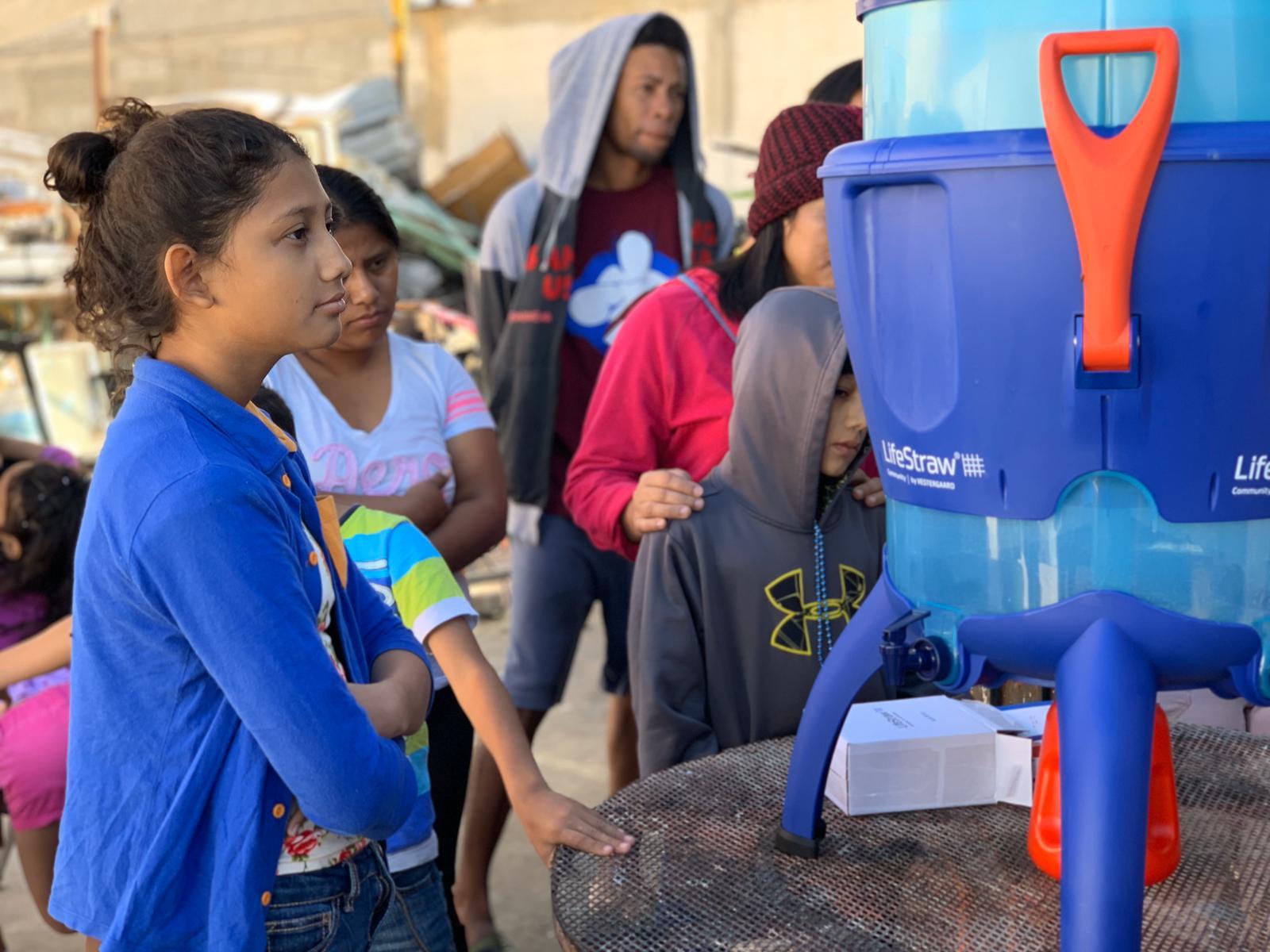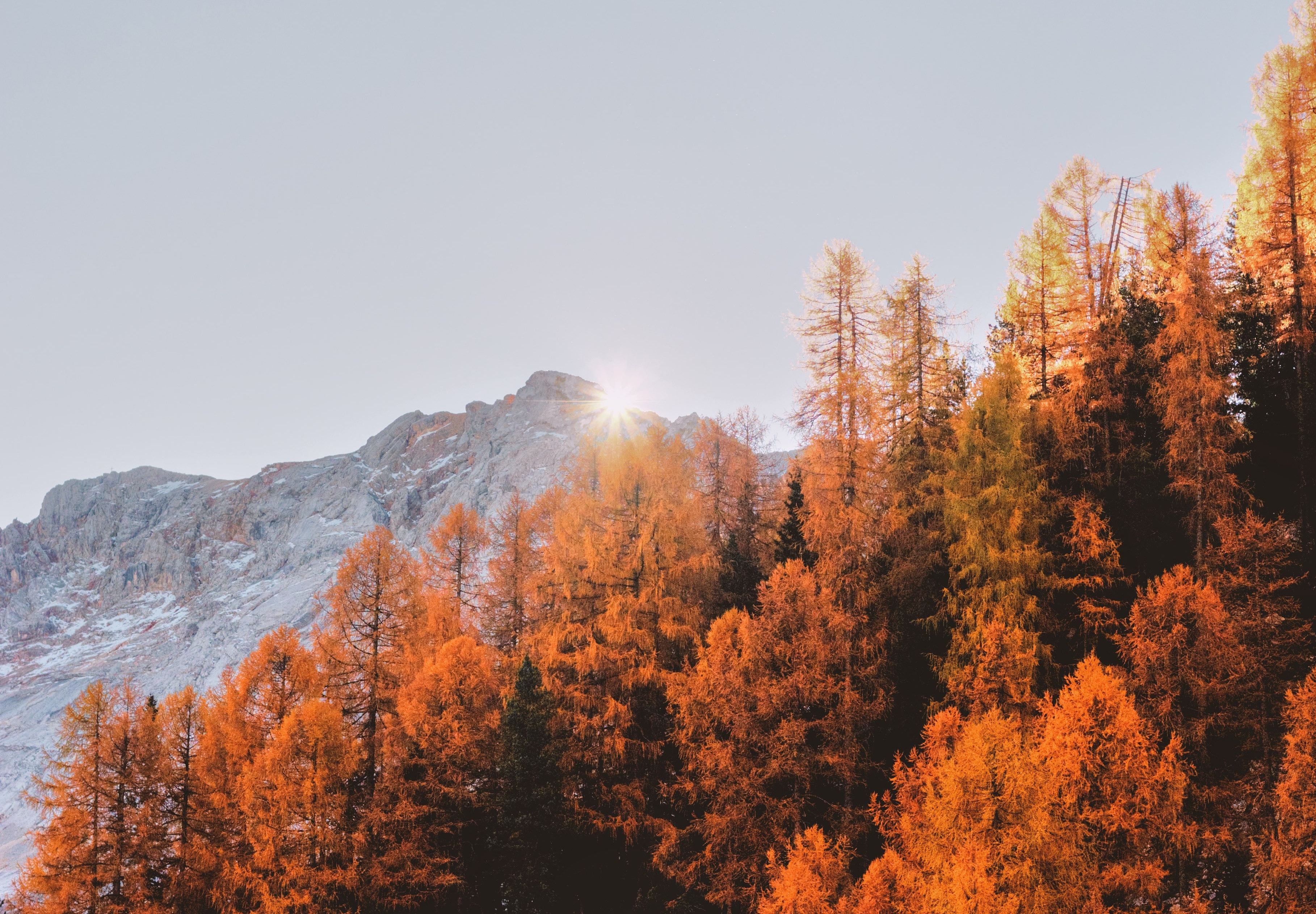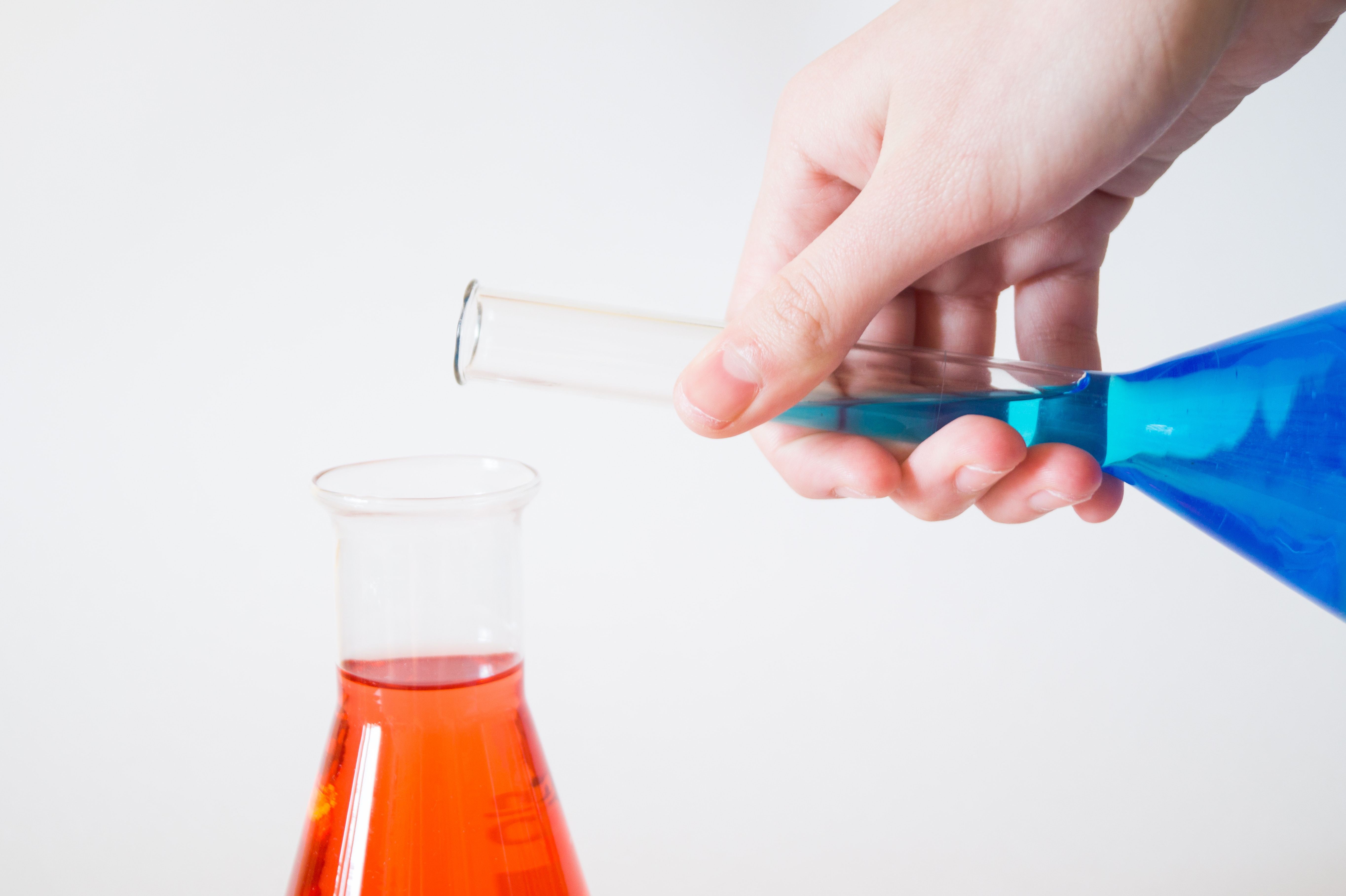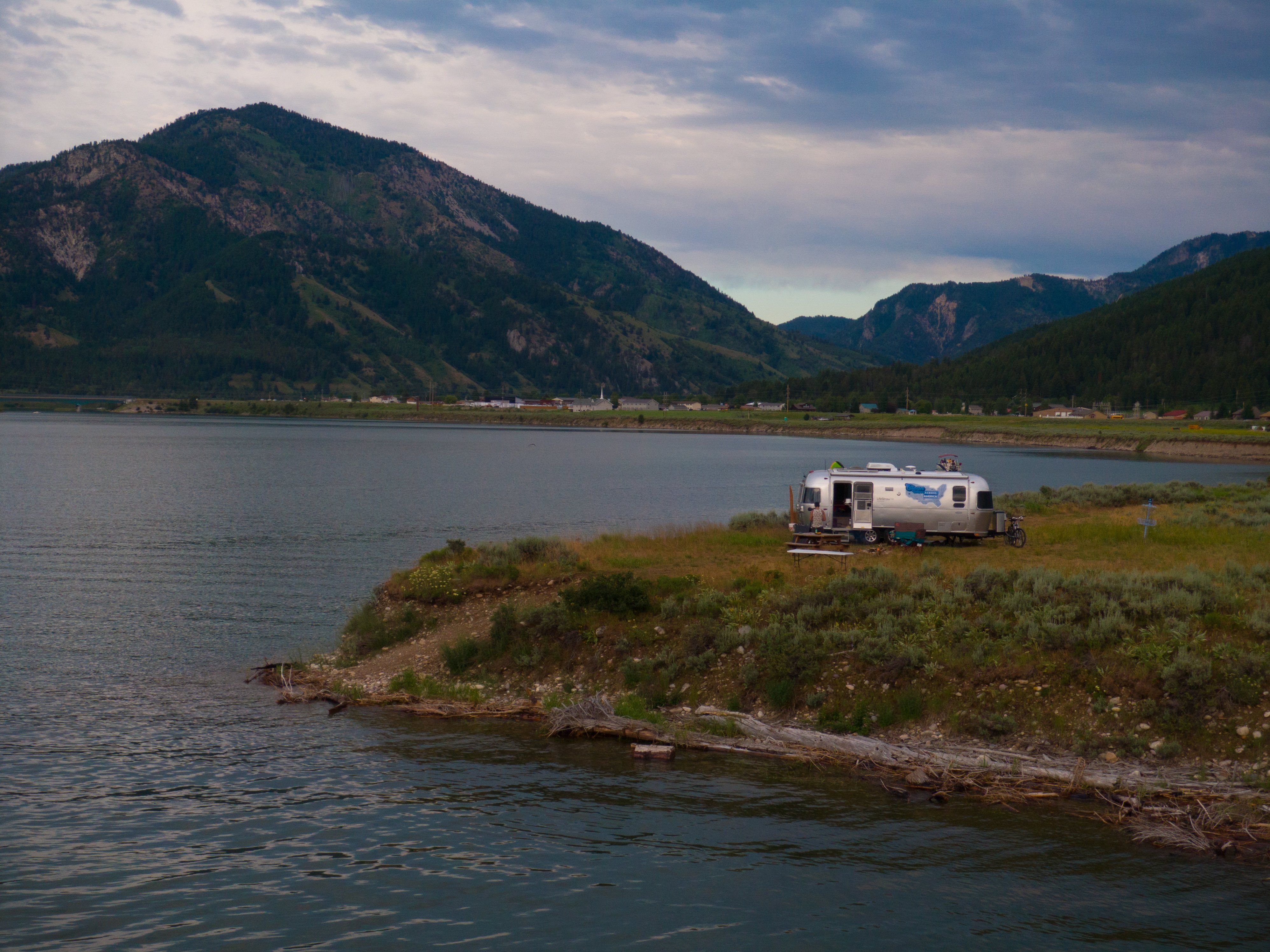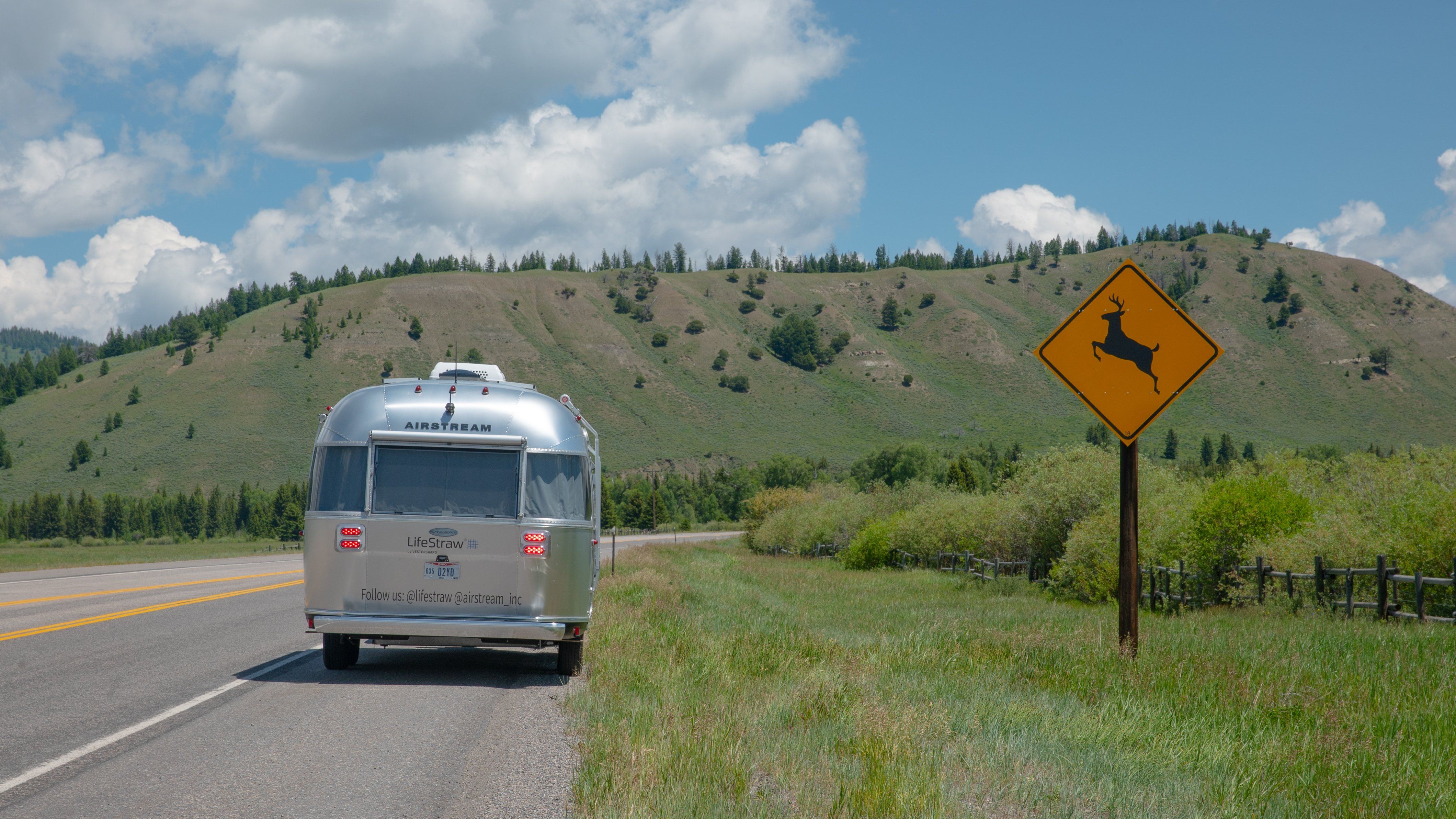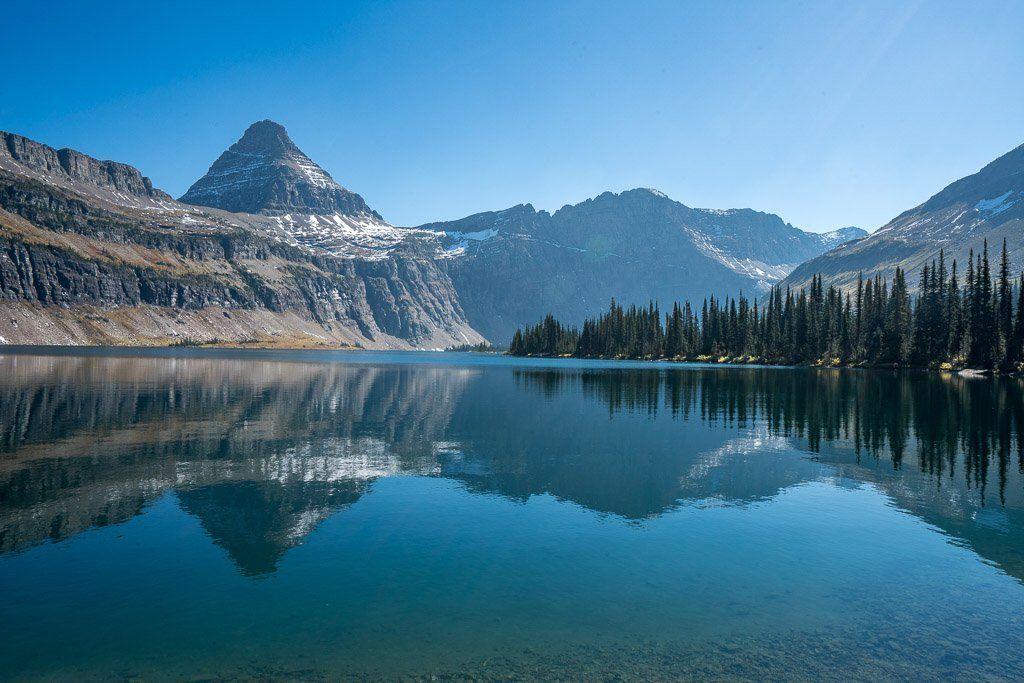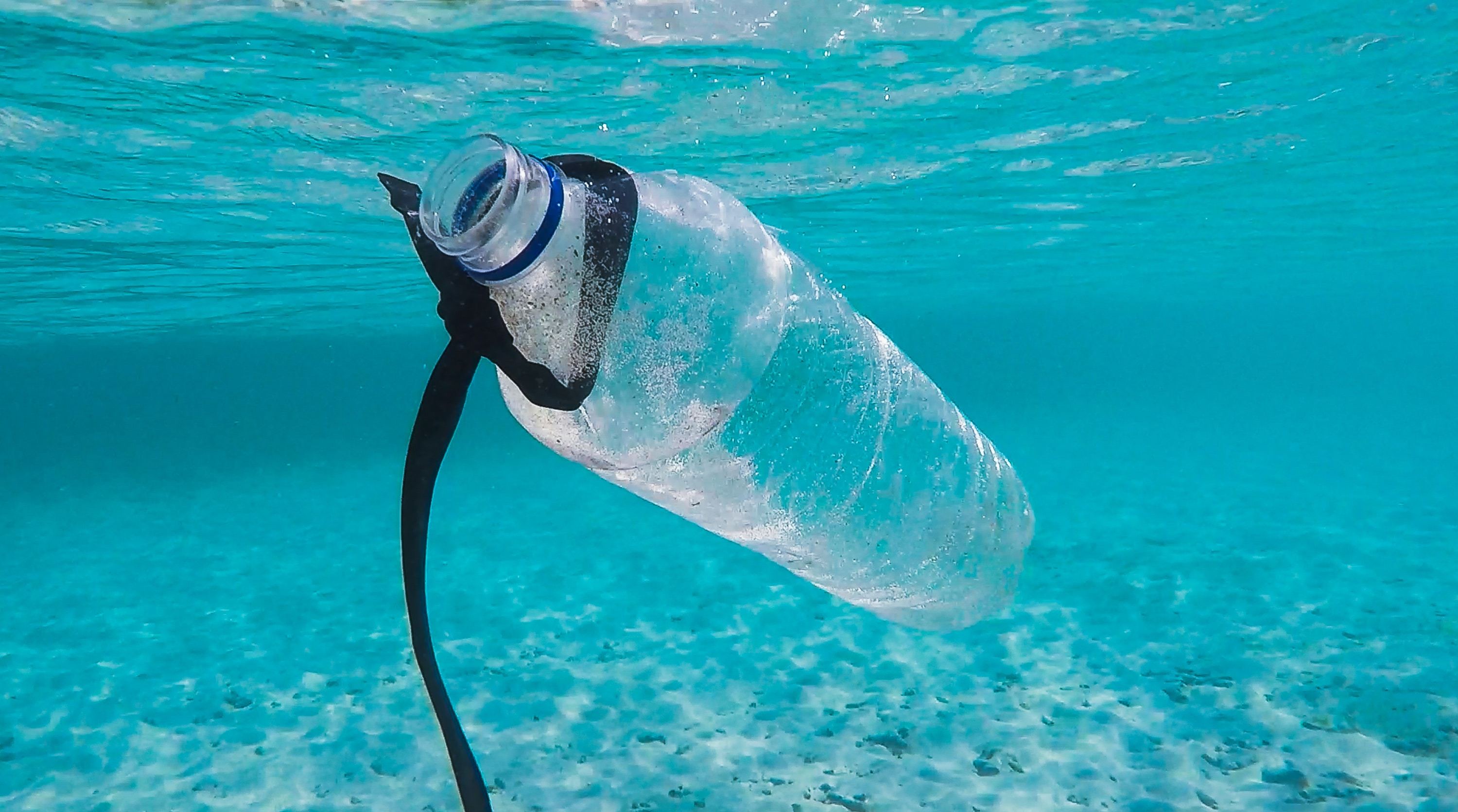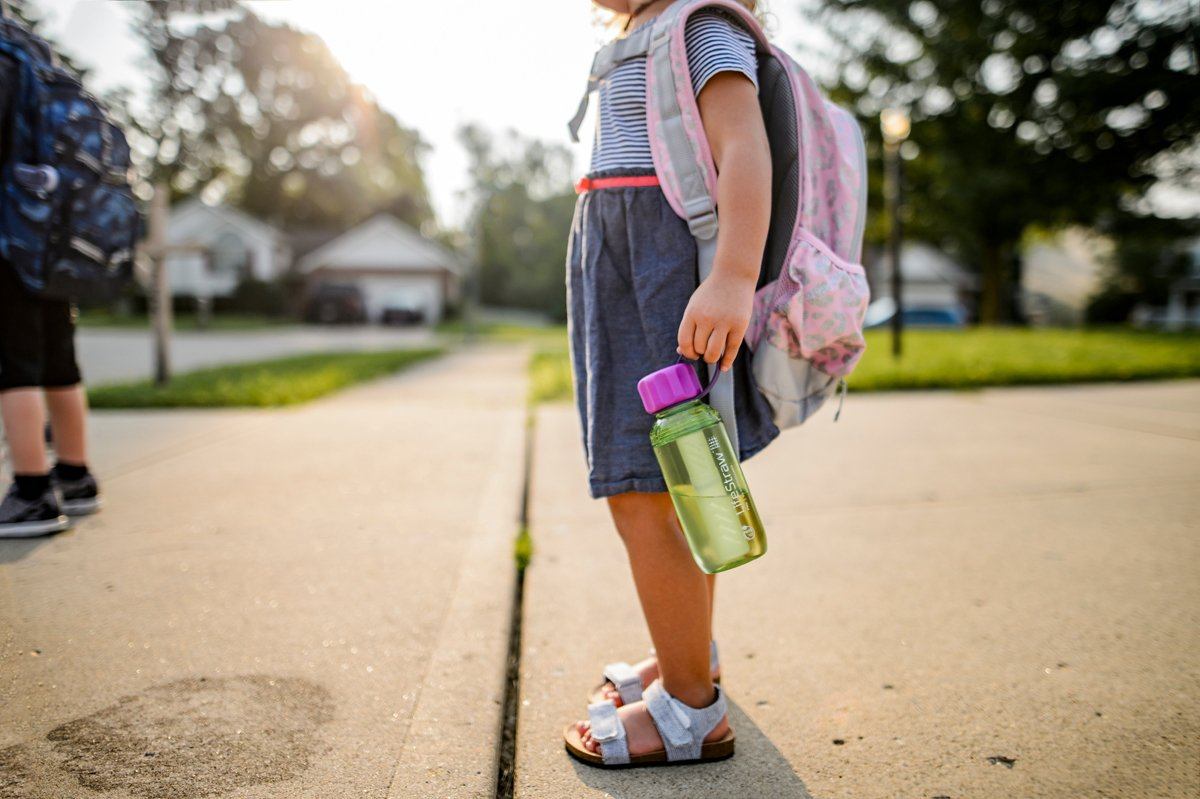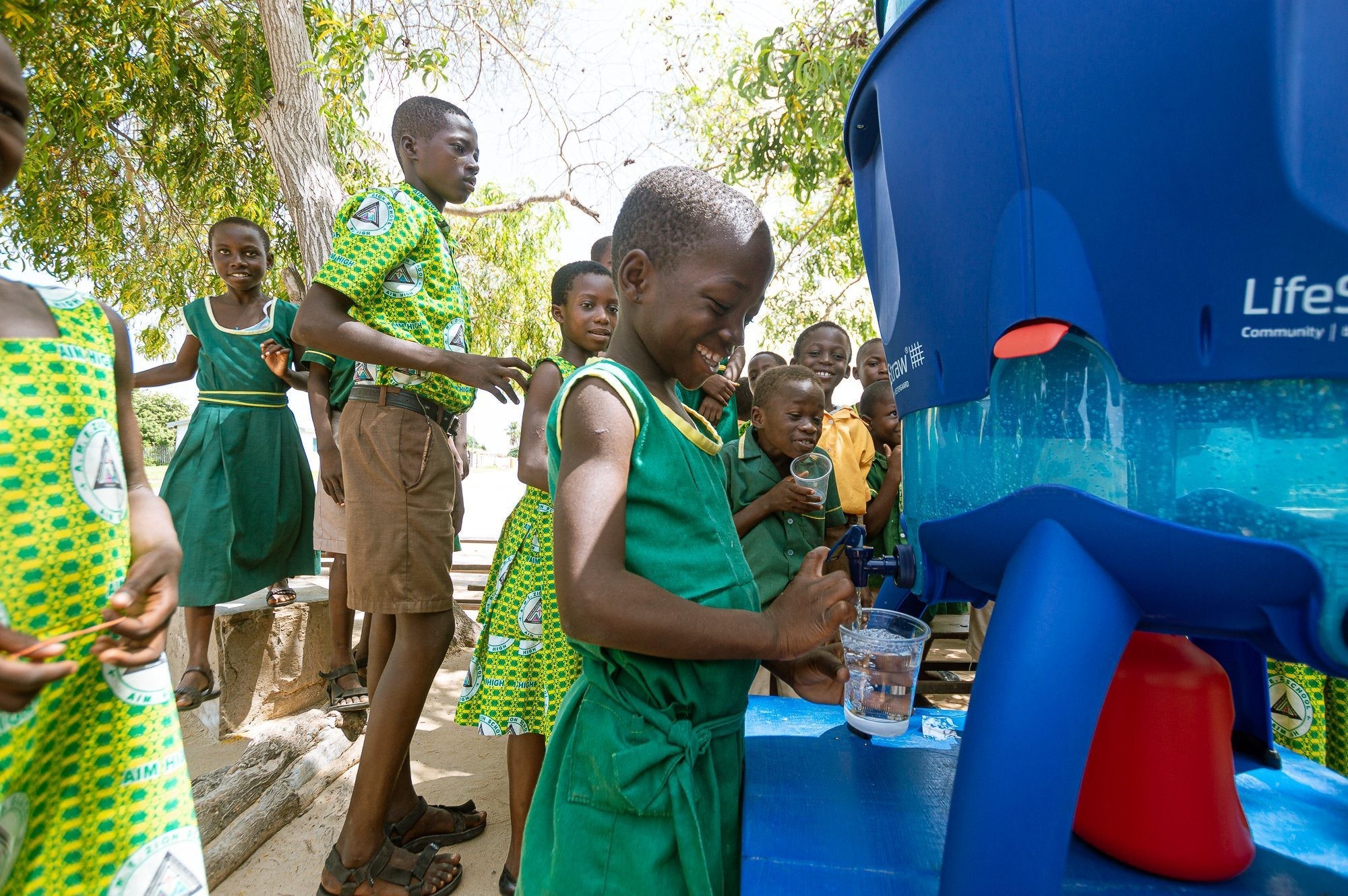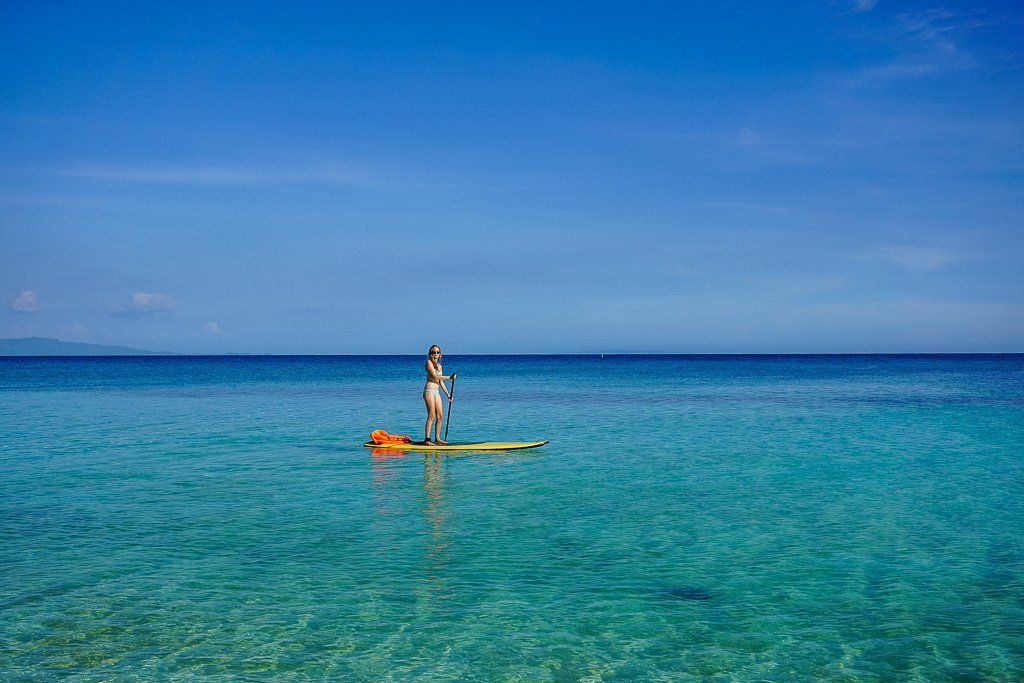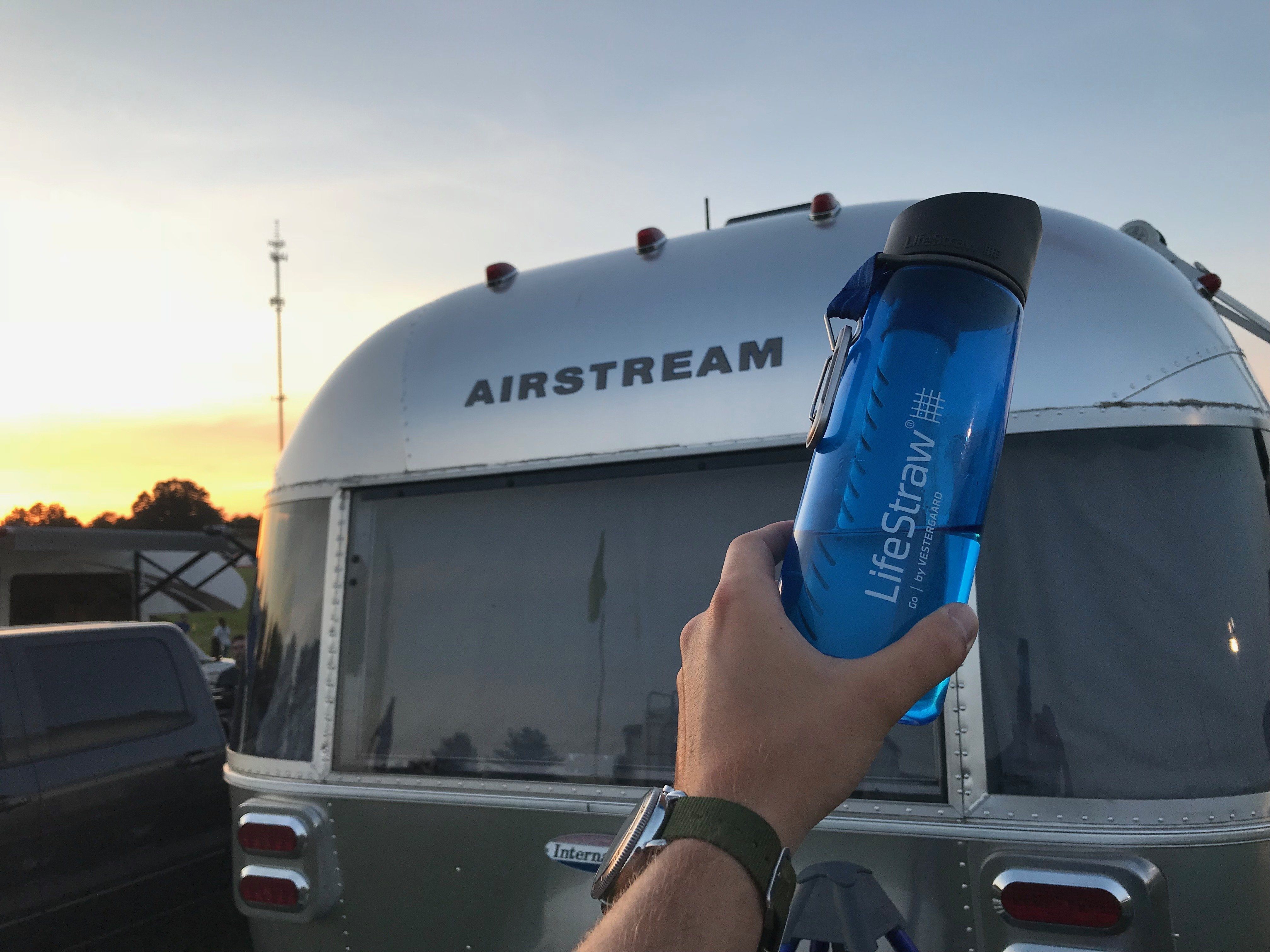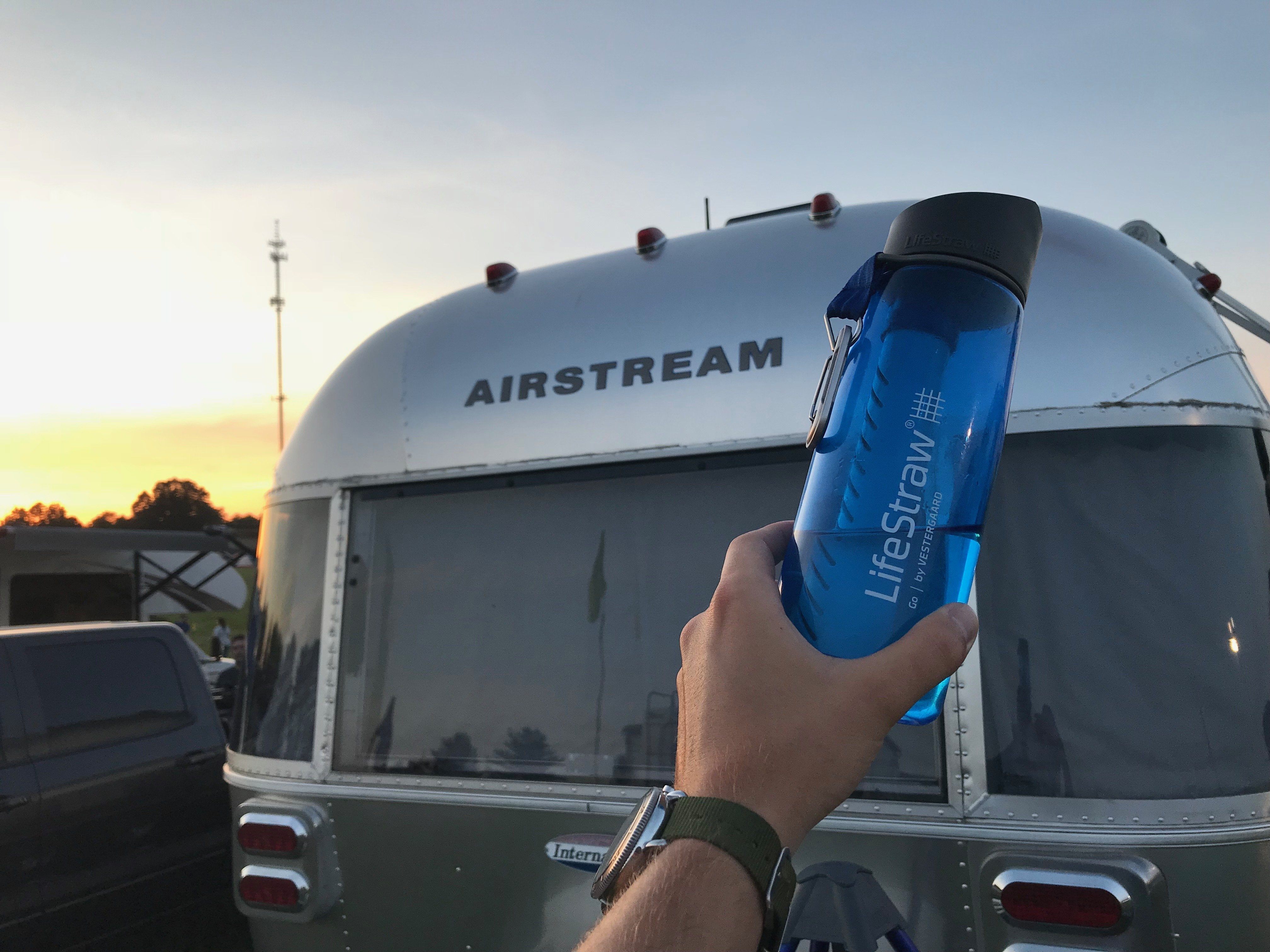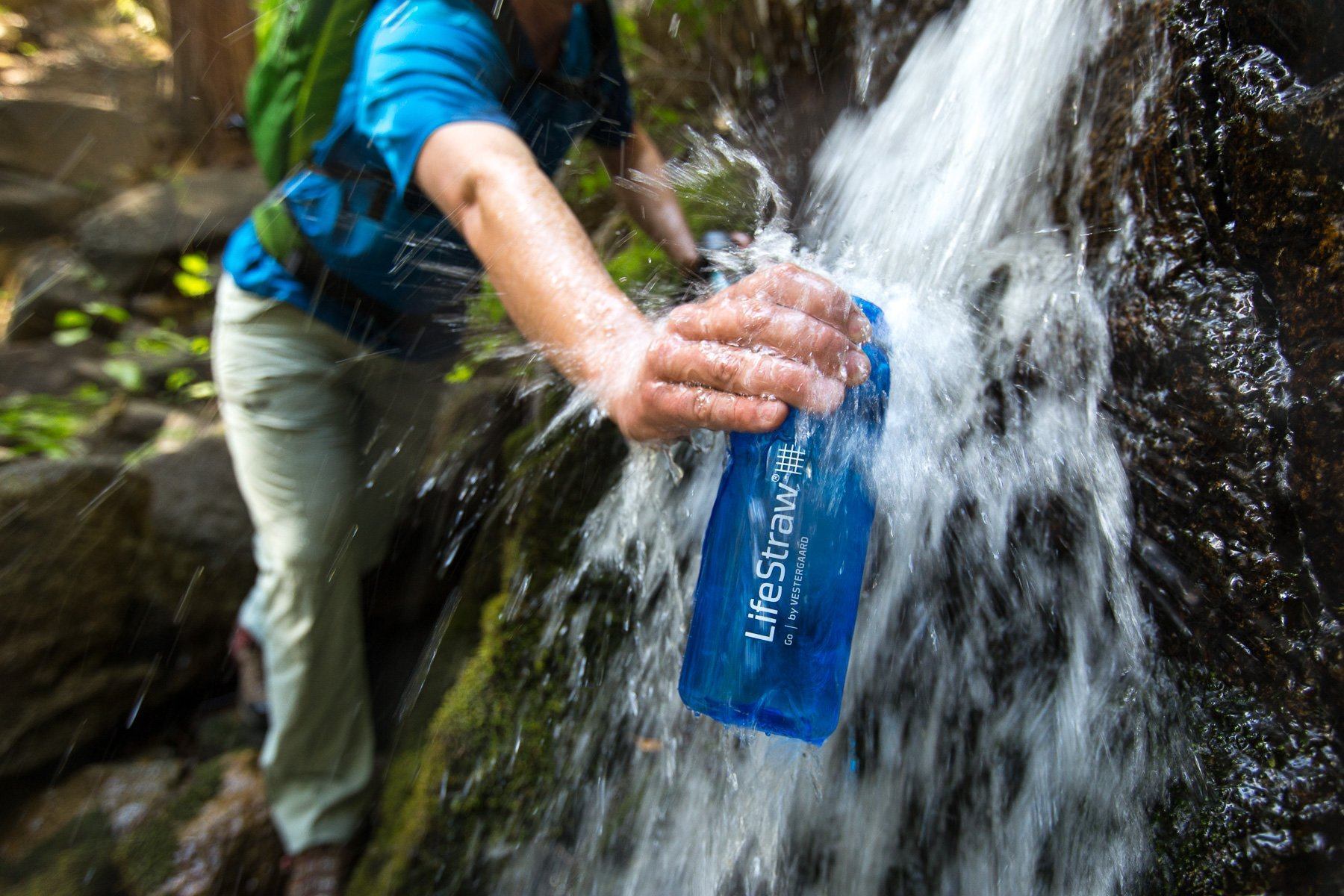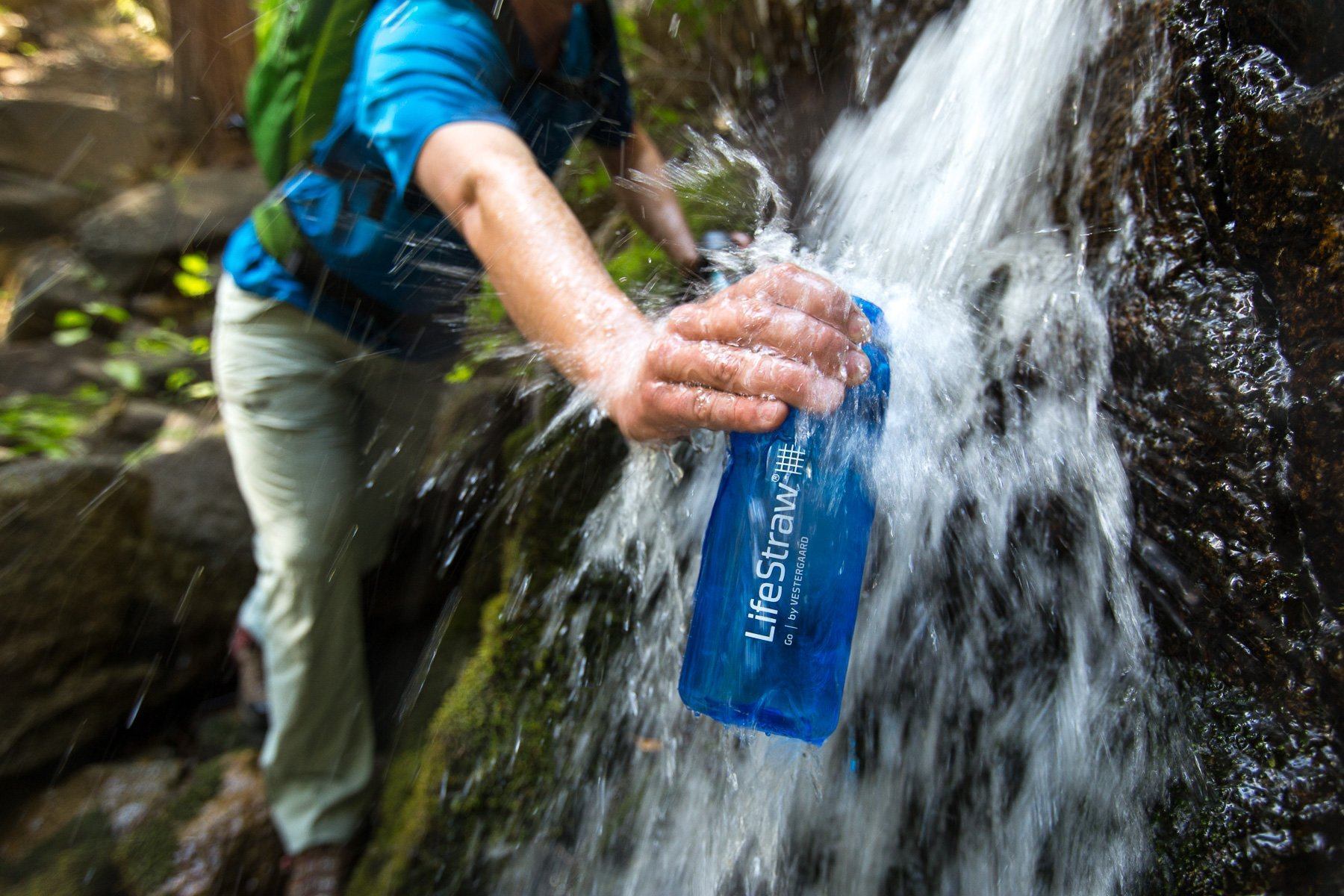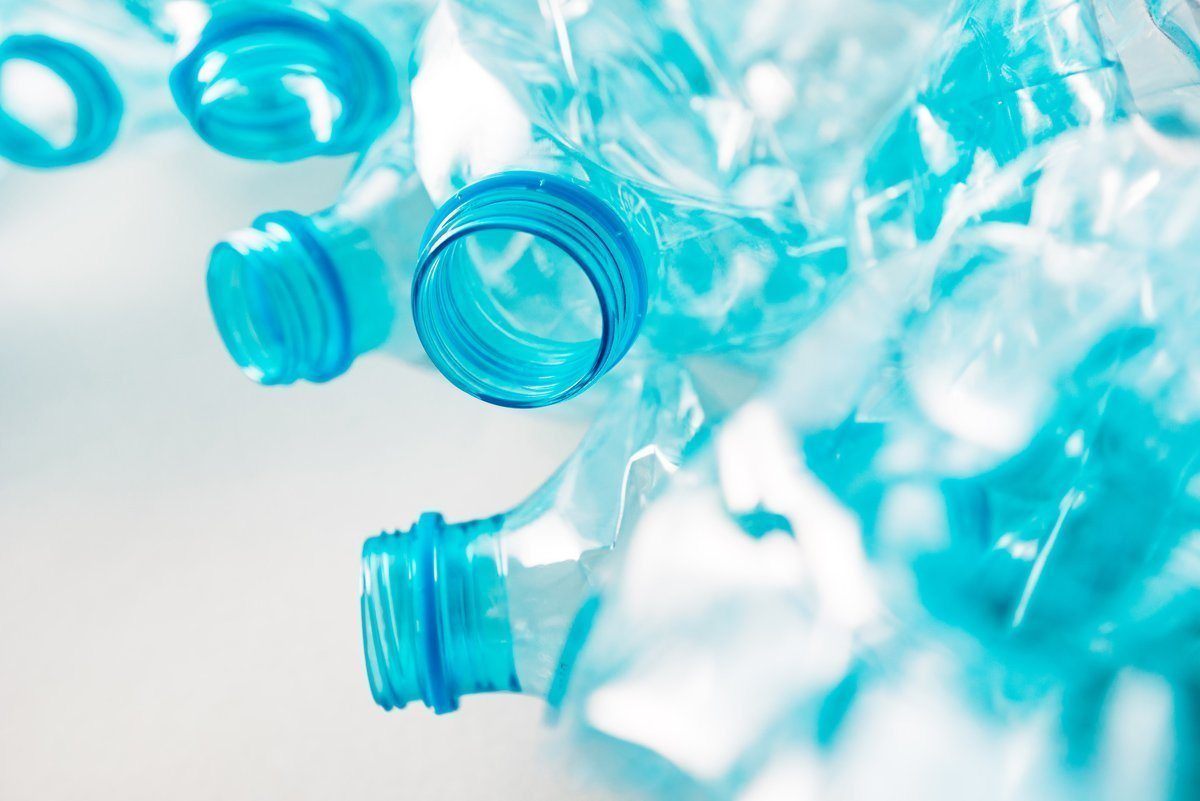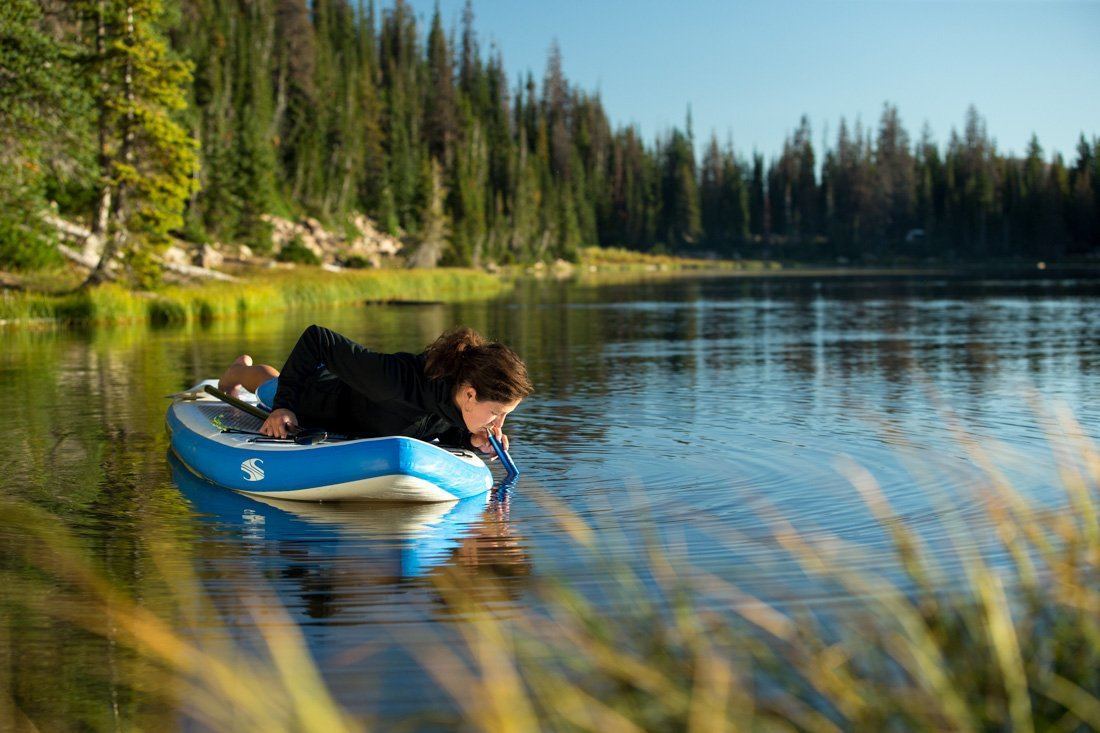
Drinking Safely in the Great Outdoors
July 10, 19
When you think of the great outdoors, you might picture a large green landscape full of bright tall trees, colorful mountain tops, and a stretch of clear, fresh water. It’s serene, peaceful and clean—or so you think. But what’s actually in that pure backcountry water you need to worry about?
Your most immediate concerns are microbiological.
These can be broken down into three categories.
-
PROTOZOA/PARASITES – The CDC lists Cryptosporidium and Giardia intestinalis as the top two most concerning protozoa or parasites to be aware of in backcountry water. They result from runoff of animal and human fecal waste. Cryptosporidium infection, or “Crypto,” in particular is very common – there are almost 750,000 cases a year in the US. What is most critical about Cryptosporidium is that iodine treatment and in many cases, chlorine treatment are not effective at killing Cryptosporidium (Chlorine-dioxide takes up to 4 hours). Want to learn more? See what the CDC has to say about protozoa.
-
BACTERIA – Campylobacter, Salmonella, Shigella, and E. Coli can all be found in backcountry waters. These also result from animal or human fecal waste and can cause serious illness.
-
VIRUS - Rotavirus and noroviruses, Hepatitis A&E can be spread through water. Human viruses come exclusively from infected human feces, so they tend to be less of a concern in the backcountry. However, if you are in a location with a large amount of human activity, you may want to consider a technology that protects against viruses – such as ultrafiltration technology or microfiltration with chemical treatment.
What about heavy metals, chemicals, pesticides, and other stuff?
Beyond the microbiological umbrella, there may be heavy metals, chemicals, pesticides, and other unwanted substances in backcountry water. These mainly become concerns if you are close to human activity or downstream agricultural or industrial activities. These contaminants often need higher concentrations and longer exposure to cause illness. In general, that makes this category of contaminant less of a concern for the backcountry and for short term exposures. So, if you’re hiking for a few days, not a big deal. BUT, if you drink from the same pond or use the same tap every day, that’s a separate issue that merits unique treatment technologies, in which chemicals and heavy metals should be prioritized to avoid prolonged exposures.
How do you know which technology to select? And how do you assess the performance of different technologies?
So, here’s the crazy thing – there are no established regulations for water treatment technologies sold in the US. That is why it is important to purchase technologies from a reputable company and to check their testing standards. Here are a couple of quick tips on what to look for:
-
TESTING AUTHORITIES: Make sure the technologies have been tested against and meet NSF and EPA standards (these are the two critical agencies in the US that offer up testing protocols and criteria for performance)
-
THE 9s MATTER: In microbiological water treatment, it’s all about the number of nines after the decimal - which are generally referred to as log standards. Testing performance for log thresholds is the ultimate measure microbiological filtration performance. This is more important than comparing pore size. There tends to be lower percentage standards for heavy metals and chemicals because it takes higher concentrations of these contaminants to cause illness. However, low dose concentrations of microbes can still make you sick, so you need the extra 9s. The NSF recommends log 6 bacteria removal (99.9999%) and greater than log 3 Protozoa removal (99.9%). If you are considering Virus removal, they recommend at least log 4 (99.99%).
-
LONGEVITY: There are no recognized parameters around stating longevity claims. It takes a long time to do solid longevity testing and some companies don’t make the investment. If you want to get into the weeds, look at testing reports and see how many liters the longevity tests ran for.
-
MICROFILTERS vs ULTRAFILTERS: Microfilters remove parasites and bacteria (remember to pay attention to the 9s) and are generally effective for most backcountry activities. Some offer expanded protection with the addition of activated carbon, which can help to remove additional chemicals and heavy metals as well as improve taste. Ultrafilters or purifiers also remove viruses. The pore size of these purifiers is an order of magnitude smaller than microfilters meaning you will often encounter a slower flow rate or require more pressure. UV can be a separate and effective tool as long as you have patience and bring enough batteries! We don’t recommend chemical treatment unless it’s in combination with something else due to its lack of effectiveness against cryptosporidium.
-
CARRY A BACKUP! Even if you are just going on a day hike, consider investing in a small, lightweight, backup microfilter. Even the most experienced hikers and outdoor athletes find themselves in unexpected circumstances where they are desperate to have clean drinking water for their survival.


